Equipment
...now browsing by category
Wednesday, August 9th, 2017
Here are some test shots from a roll of Kodak HIE high speed b&w infrared film that expired in 1990. I think it’s been frozen since purchase but I can’t be sure so I bracketed my exposures widely erring on the overexposure side which turned out not to be necessary. I rated the film at ISO 10 and used a B+W 093 filter which is around 5 stops in density which is too dense to look through so for that reason I decided to use a rangefinder camera which meant I wouldn’t need to keep removing the filter to compose my shots. Out came my M2.
[Tech info:] Leica M2, Voigtlander 35/1.2 Nokton, Kodak HIE high speed infrared b&w film developed in Kodak HC110 1+31 for 6mins. Pakon scans.

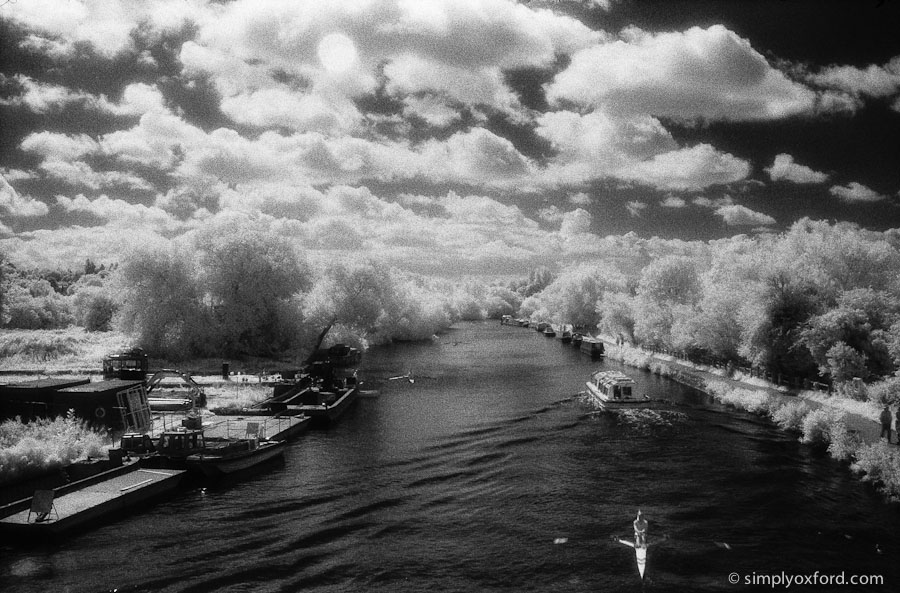
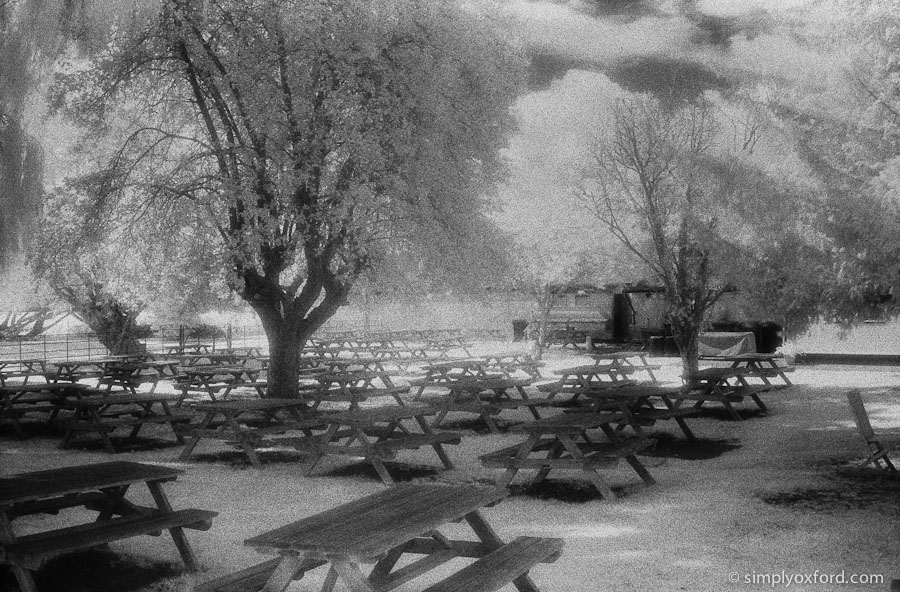

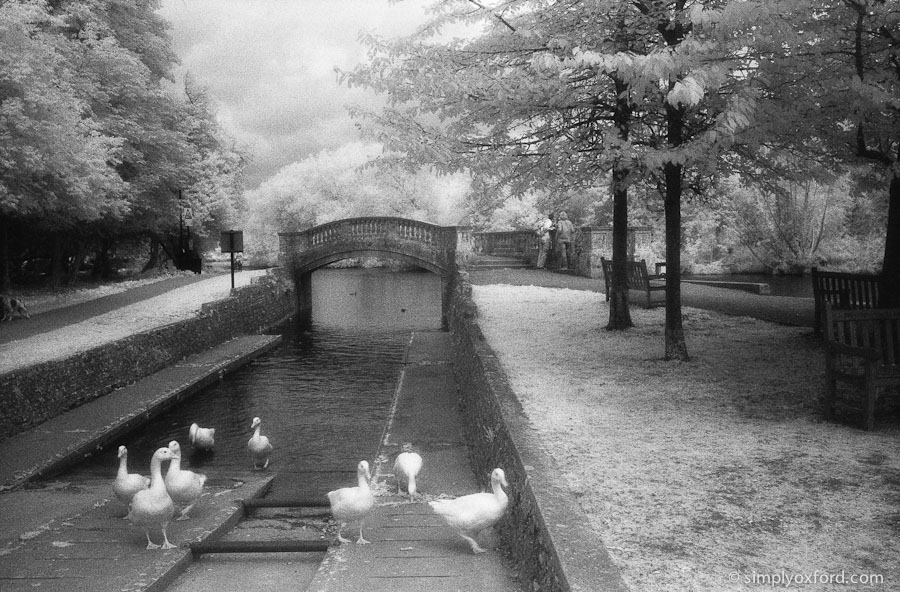
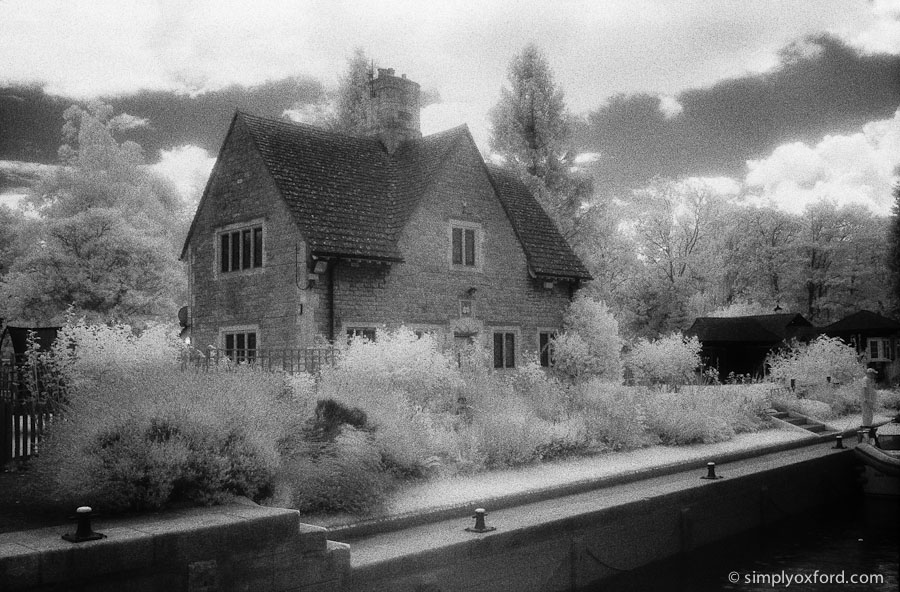
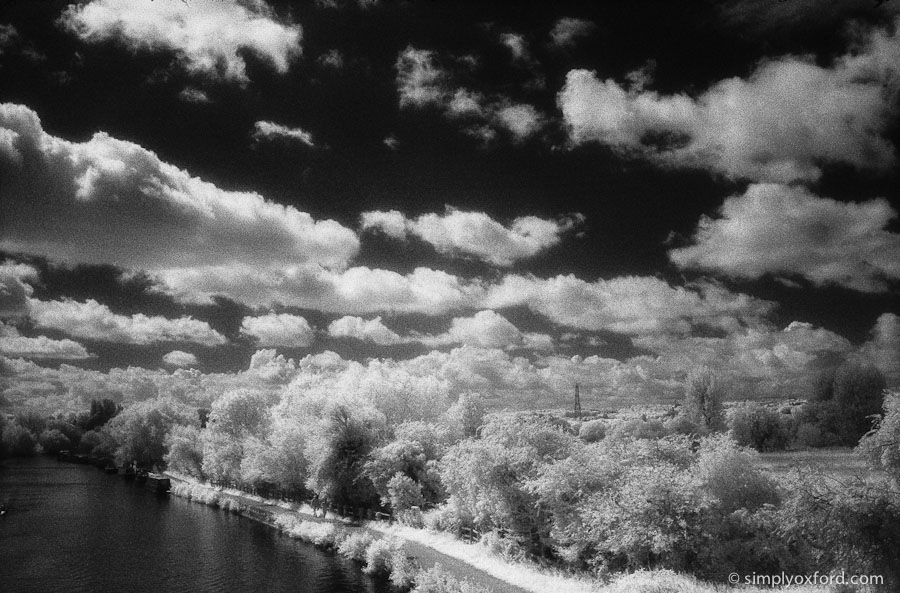
Posted in Equipment, film, Oxford | 1 Response »
Tags: 35mm, black&white, film, hc110, iffley, infrared, leica, m2, oxford, pakon, voigtlander
Monday, May 22nd, 2017
Here are some test shots from a Lubitel 166U camera that I got in a job lot of stuff that I bought on eBay. For a twin-lens medium format camera it’s very light and similar in styling to the Yashica 124 cameras. I found the viewfinder tricky to use because the image in the viewfinder doesn’t quite cover from corner to corner so you have to move your head around while holding the camera still if you’re to stand any chance of a decent composition. I found it tricky to hold level because it’s light weight but overall I did enjoy using it in a toy camera kind of way.
[Tech info:] Lubitel 166U, Ilford HP5 film, developed in Kodak HC110 1+31.
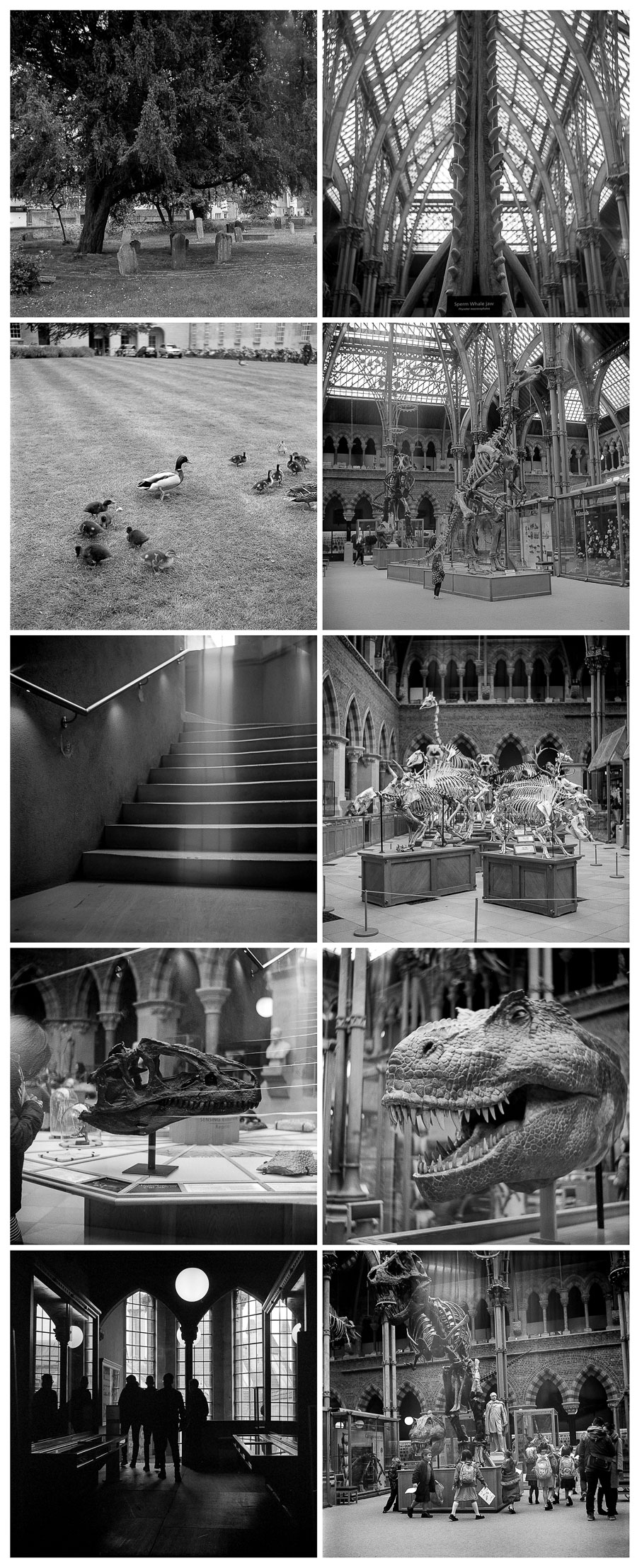
Lubitel test shots
Posted in Equipment, film, Oxford | 2 Responses »
Tags: 6x6, black&white, film, hc110, HP5, lubitel, natural history museum, oxford
Friday, May 5th, 2017
I’ve recently been testing some very old brass camera lenses that I’ve had for a while and by old I mean over one hundred years old. Some have the manufacturer engraved on them, some don’t. Some of them have aperture blades inside, some don’t and none of them have built in shutters which is why I was testing them on a Sinar monorail camera (below) with a Sinar behind the lens shutter. The downside is the maximum shutter speed is 1/60th which makes it difficult on a sunny day. More testing to come with more detailed results.
[Tech info:] Sinar P 5×4 camera, Watson & Sons No. 3 portrait lens, Ilford Delta 100 film developed in Kodak HC110 1+31.
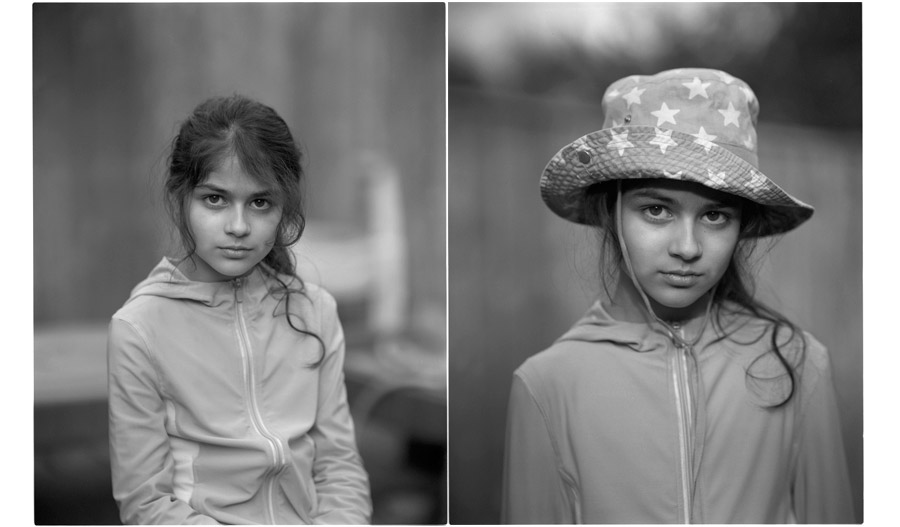
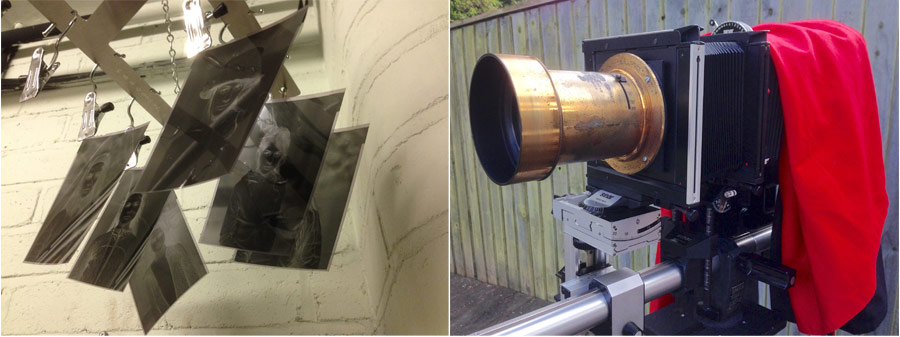
Posted in Equipment, film | 4 Responses »
Tags: 5x4, brass, delta, film, hc110, ilford, sinar
Saturday, March 18th, 2017
I recently bought a batch of expired large format 5×4 sheet film that I’m unfamiliar with so I made some test shots during my lunch break to see what they would look like. The film expired in 2005 and as I have no idea of how it’s been stored since then I decided to rate the film at ISO64 instead of 100. The camera I used is my smallest and most portable 5×4 camera which is a Polaroid 110B that I had converted by Randy at holgamods.com. It’s a thing of beauty and a joy to use.
[Tech info:] Polaroid 110B, Mac 100 UP b&w film (expired 2005), rated at ISO64 and developed in Rodinal 1+25 for 8mins in a Jobo.
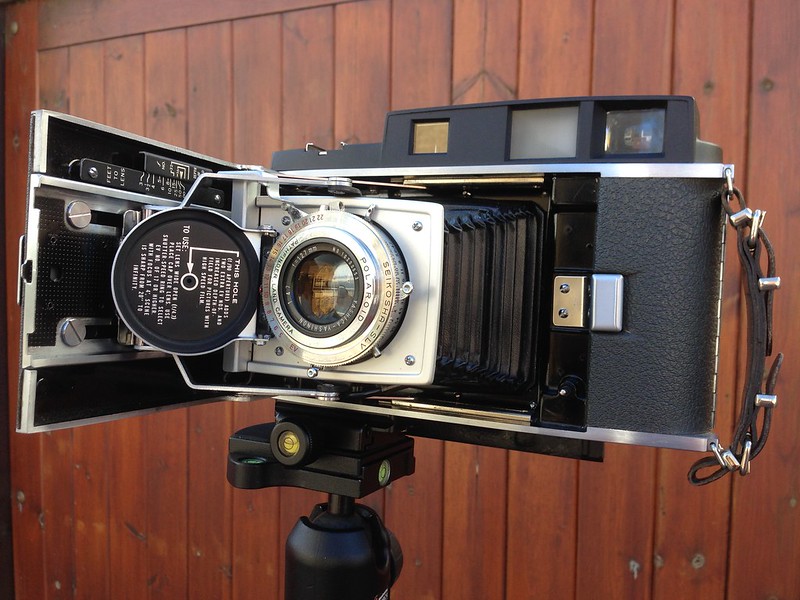
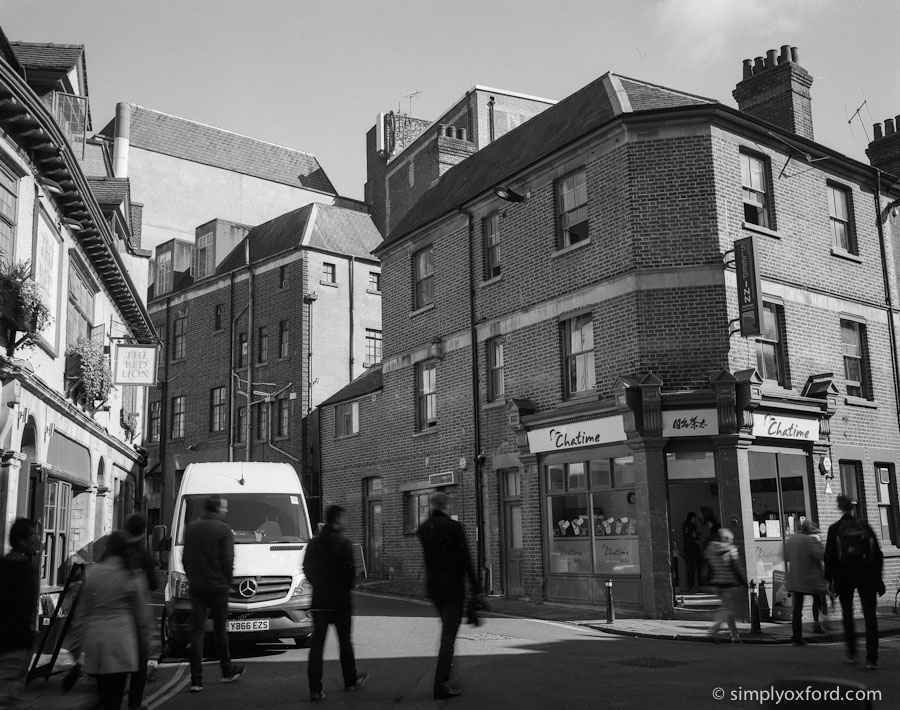
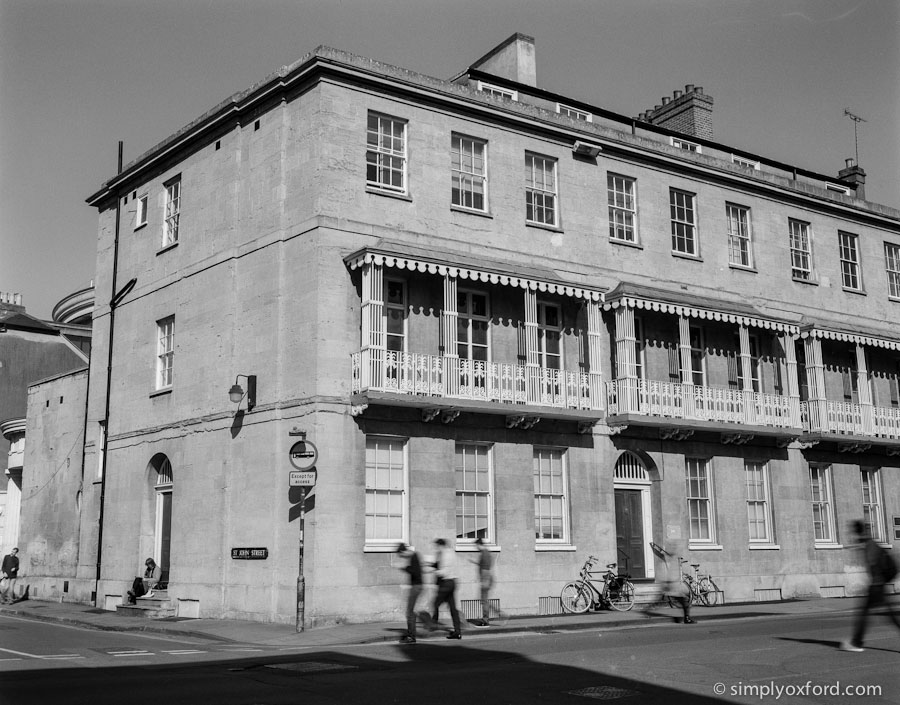
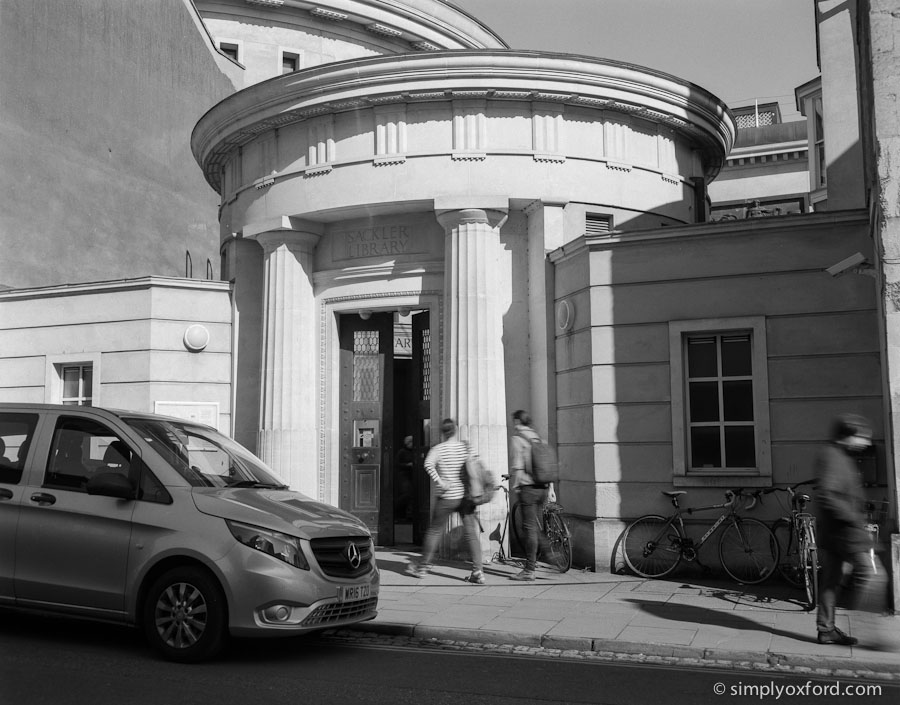
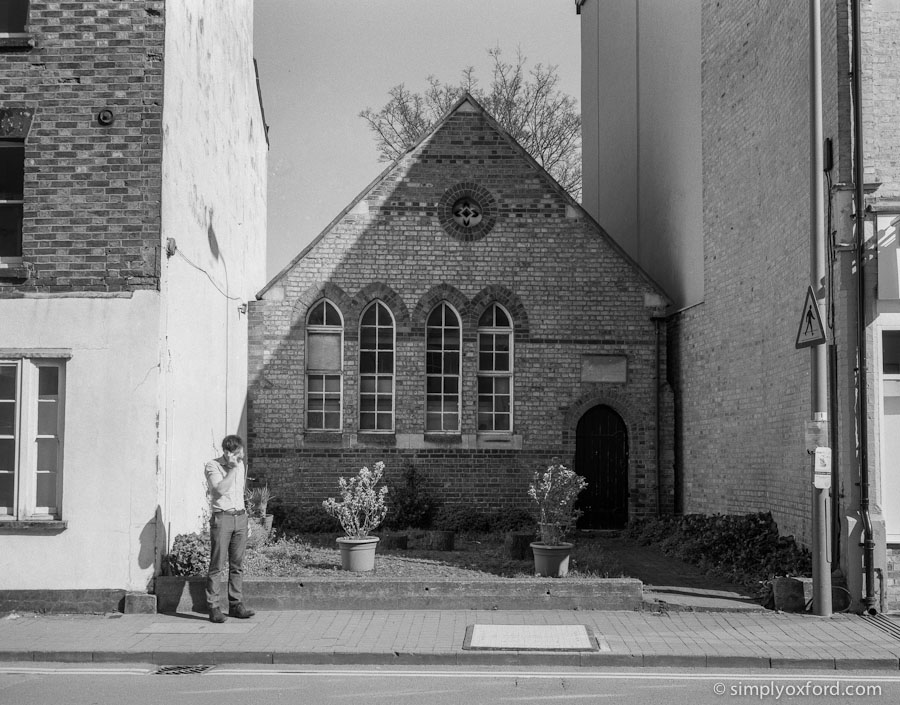
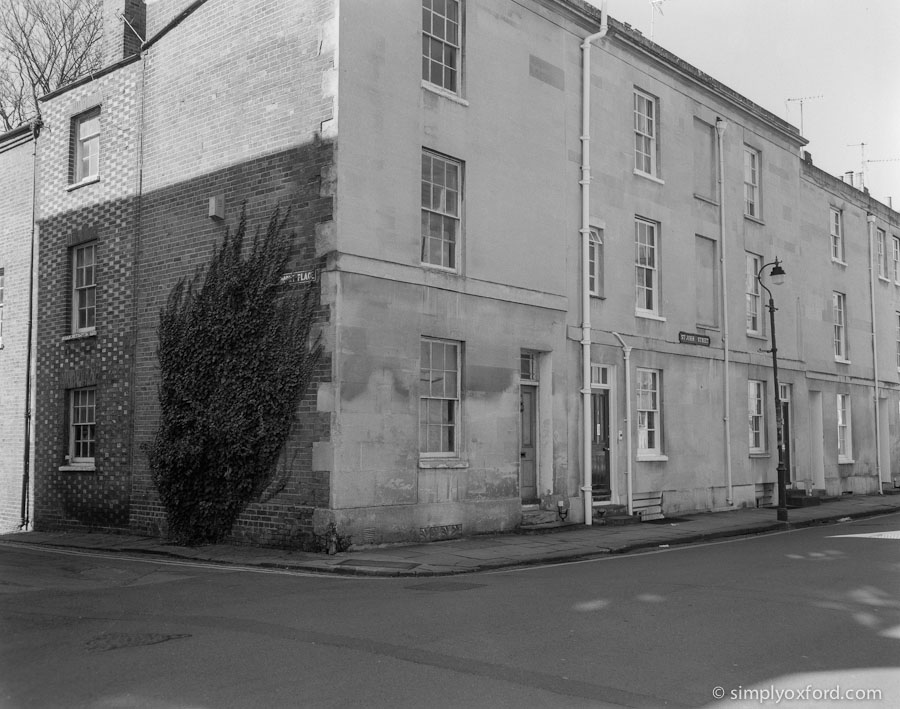
Posted in Architecture, Equipment, film, Oxford | No Responses »
Tags: 5x4, film, maco, oxford, polaroid 110B, rodinal
Saturday, February 11th, 2017
I’ve enjoyed using my Kodak Retina camera since I got it recently and I wanted to test it with some colour film to see what the lens is like. This is the first test roll which was expired Kodak Color Plus 200 film which I bought in the Oxford Poundland shop when it first opened. The film expired in 2012 but I don’t think it’s too bad at all. These shots were made on a short walk around Sutton Courtney so don’t be surprised if this doesn’t look anything like Oxford.
[Tech info:] Kodak Retina loaded with Kodak Color Plus 200 (expired) film. Developed in Fuji Xpress C41 kit, Pakon scans.
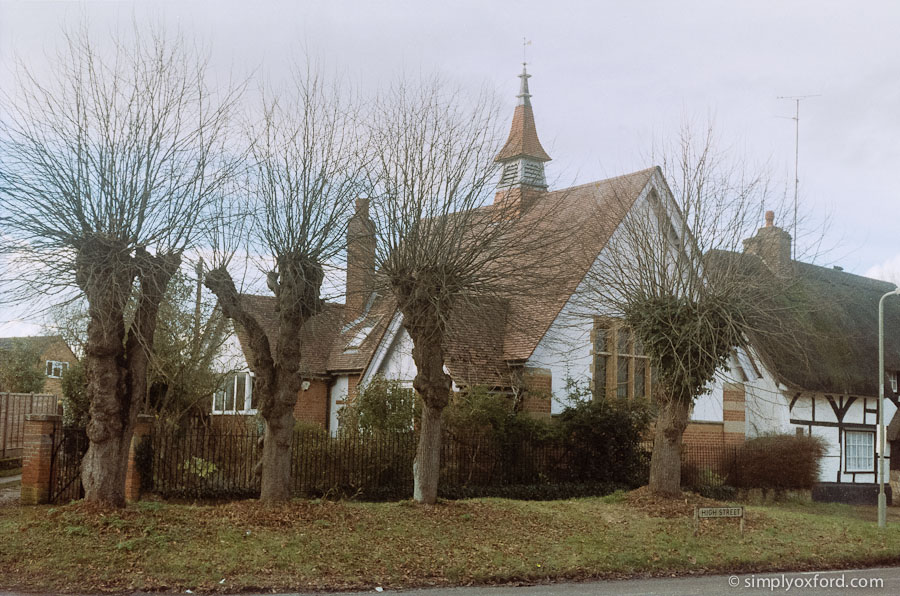
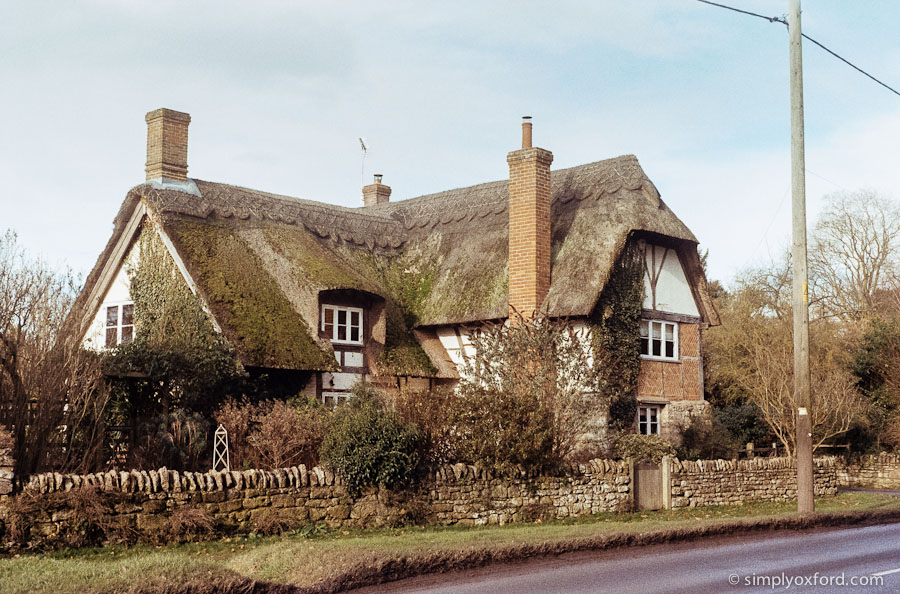
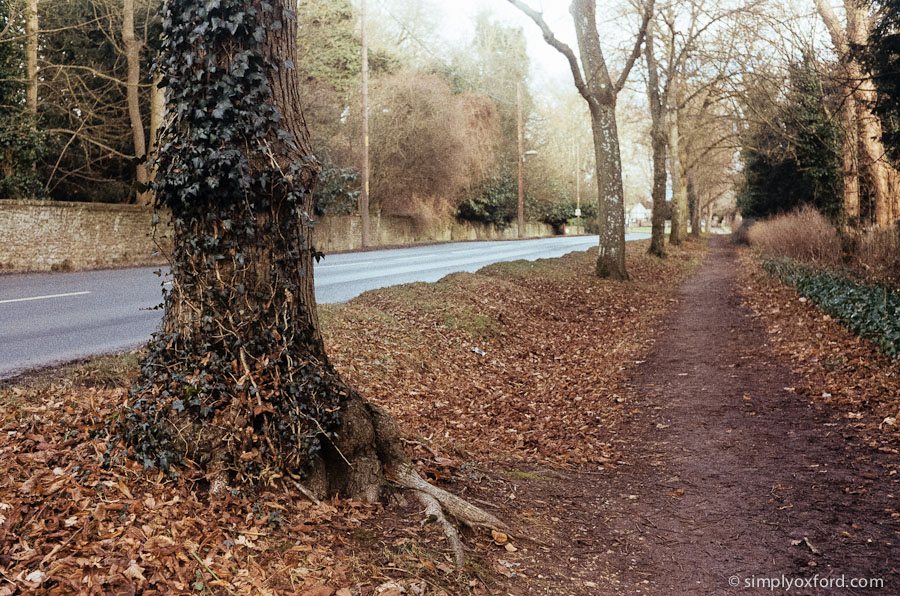
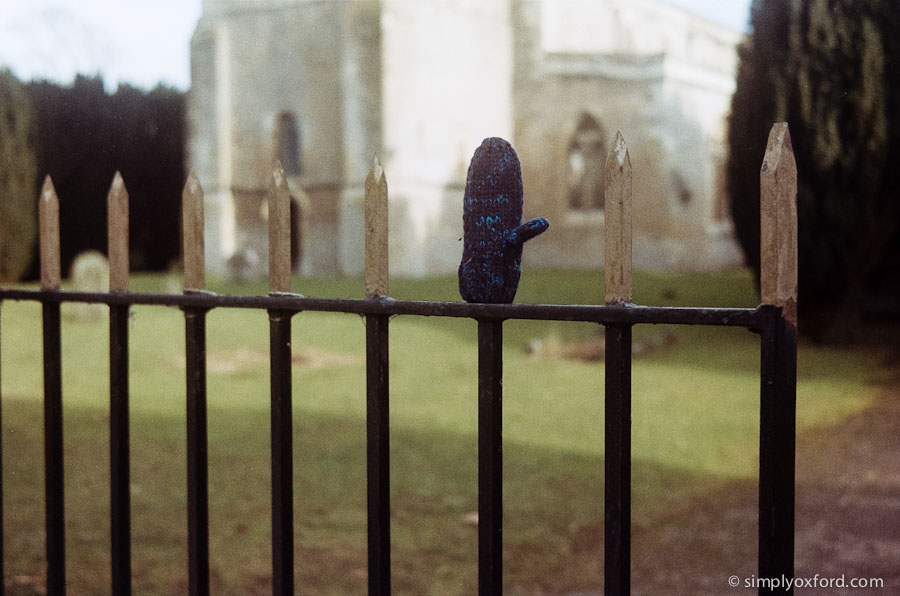
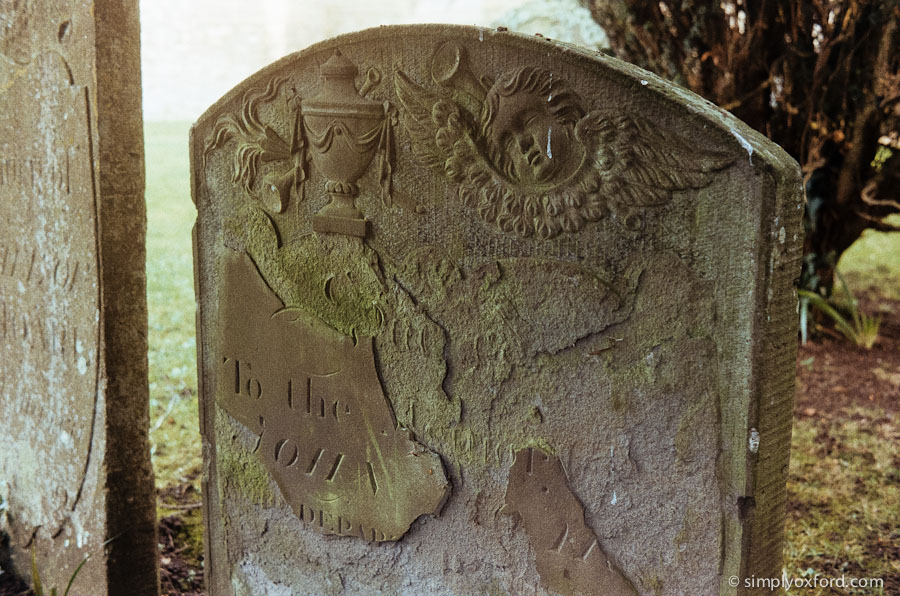
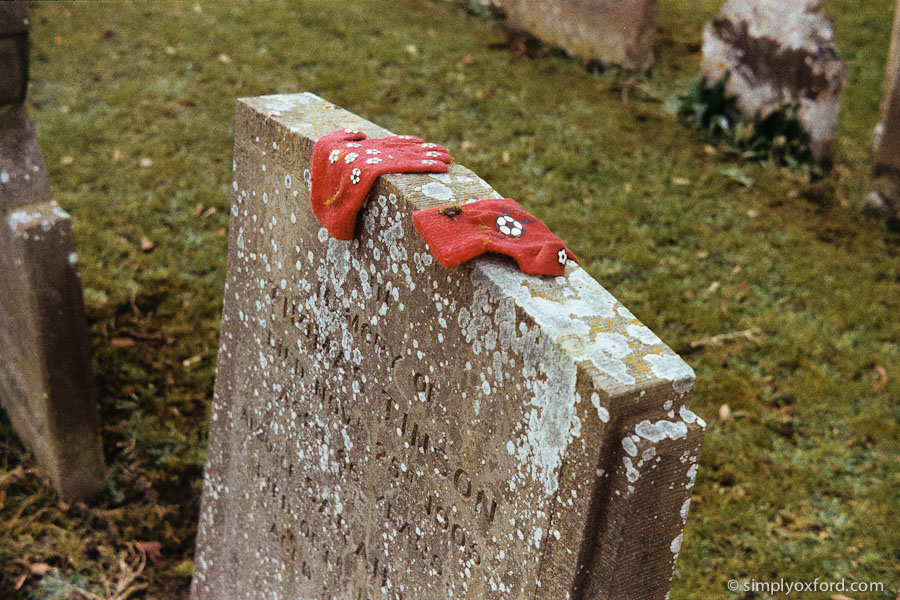
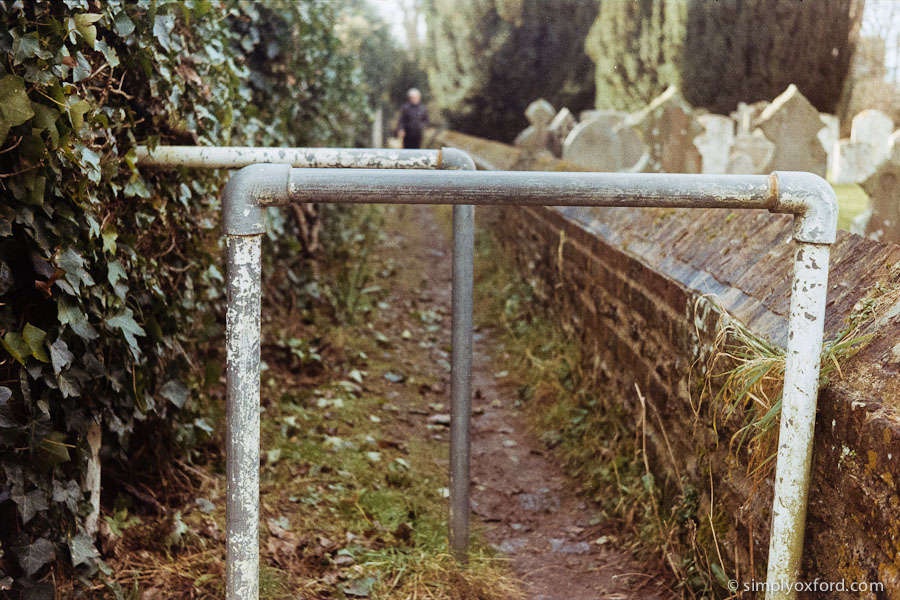
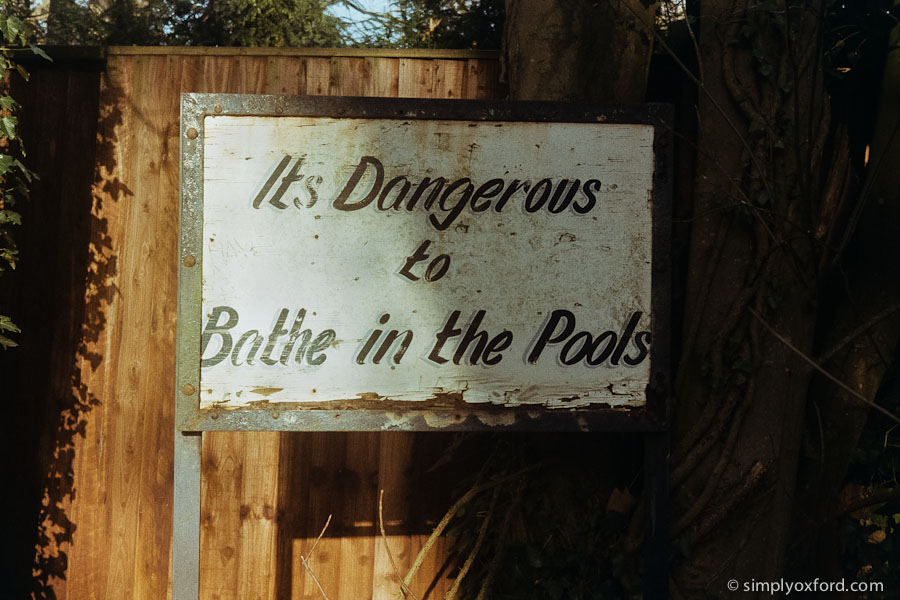
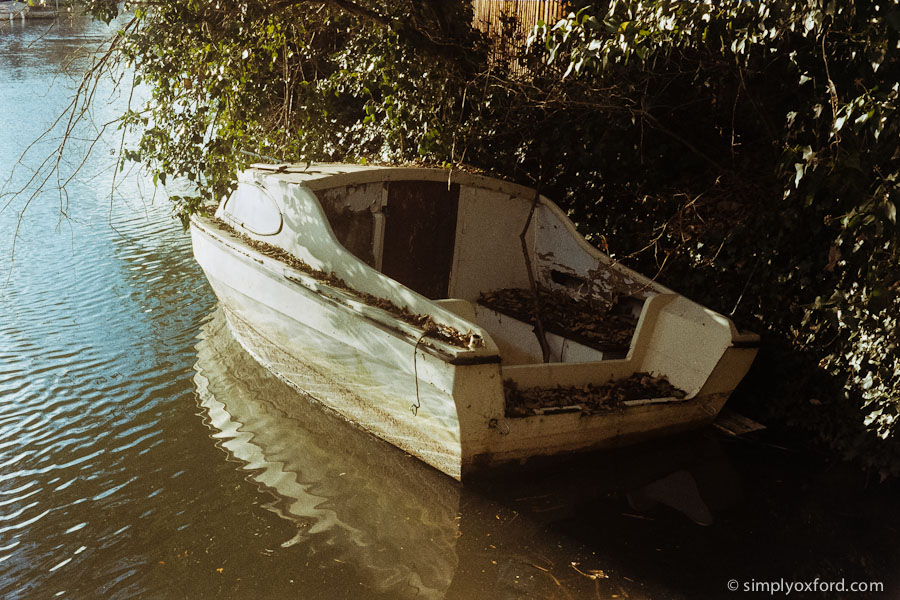
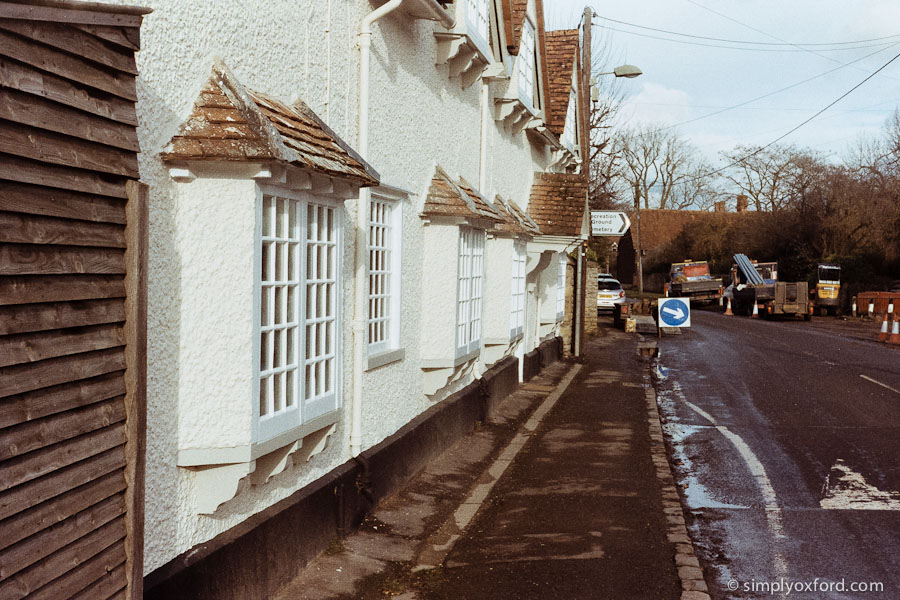
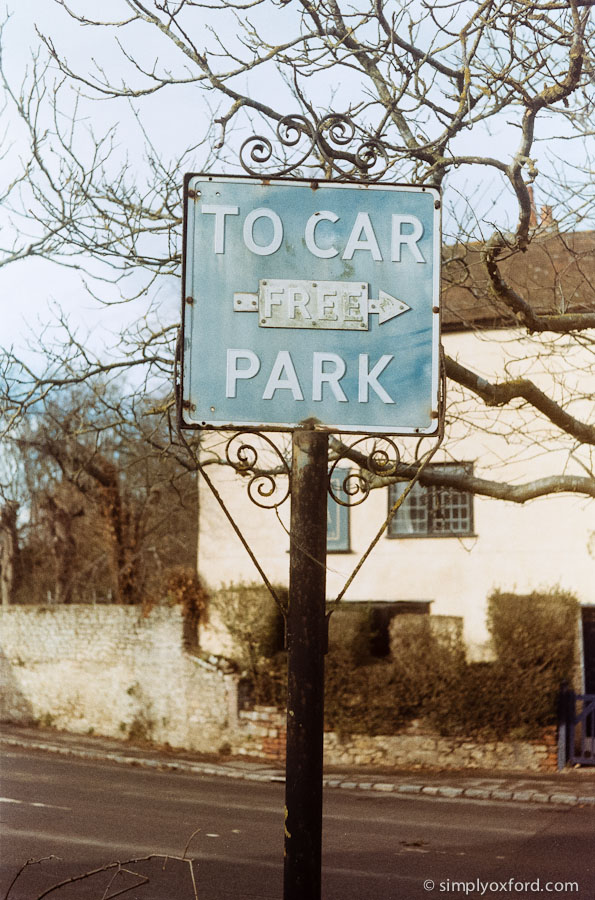
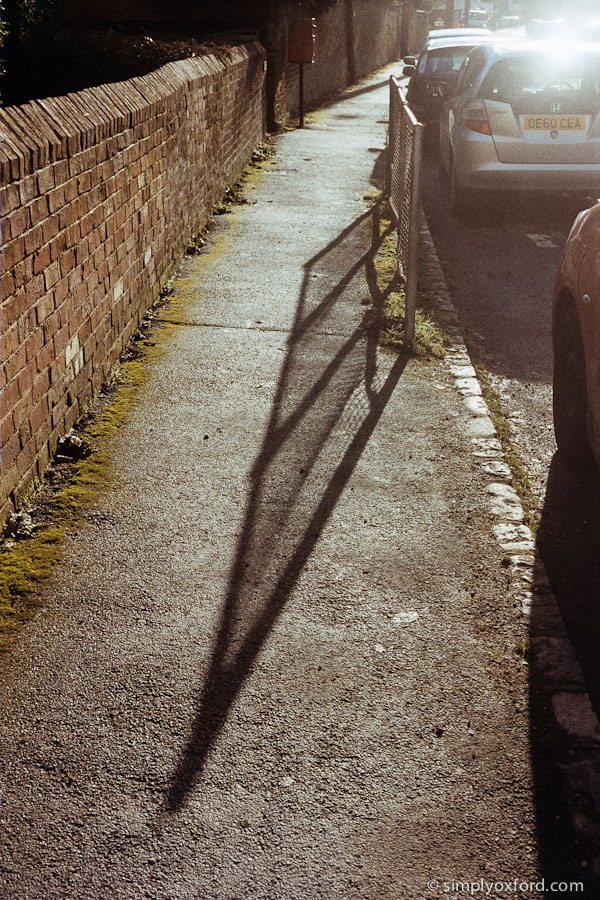
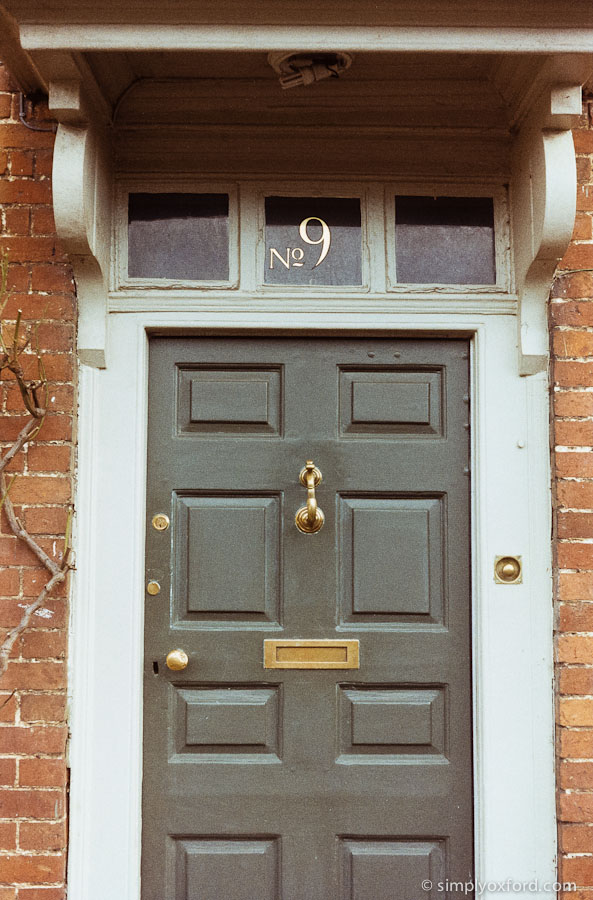
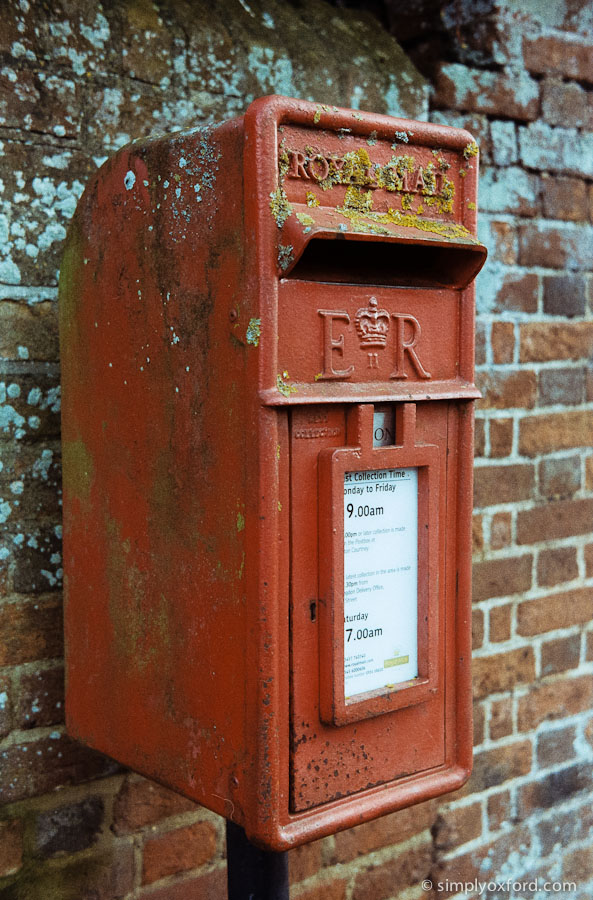
Posted in Equipment, film | 2 Responses »
Tags: 35mm, colorplus, film, kodak, pakon, retina, sutton courtney
Monday, December 19th, 2016
After seeing lots of great shots from other photographer’s that use a Voigtlander 40/1.4 lens I decided it was time to try one myself. The weather recently has been very overcast and the light less than inspiring but you don’t have to always have sunny weather to test out gear. So far I am very fond of this little lens – the size and weight being two standout features – and I’m very pleased with these initial results.
[Tech info:] Leica M2, Voigtlander 40/1.4 multi-coated, TMAX 100 (expired), developed in HC110 1+31, Pakon scans.
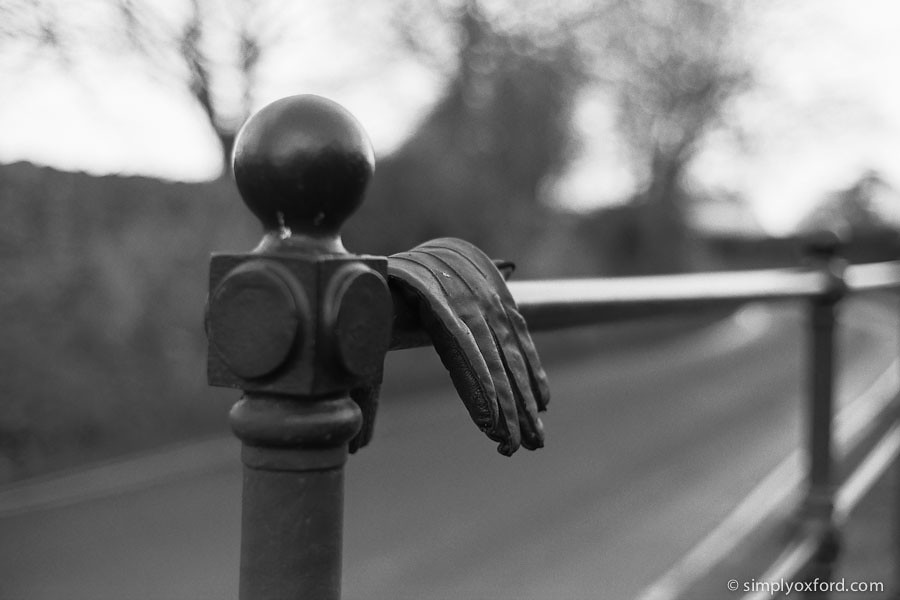
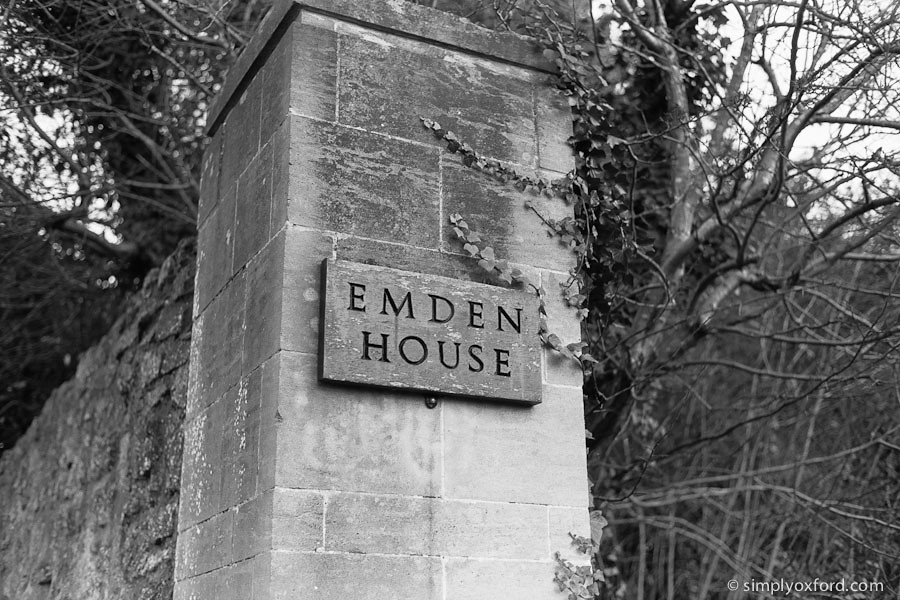
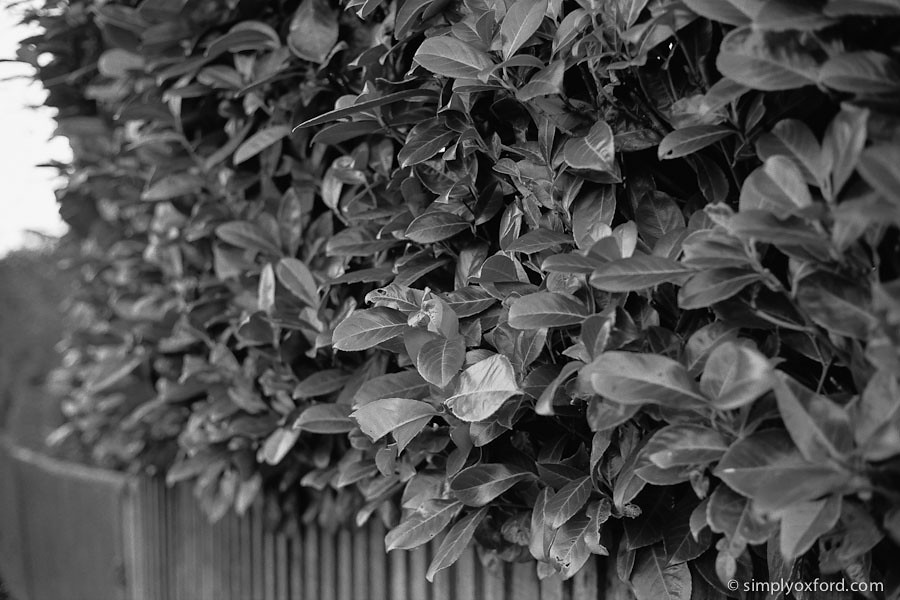
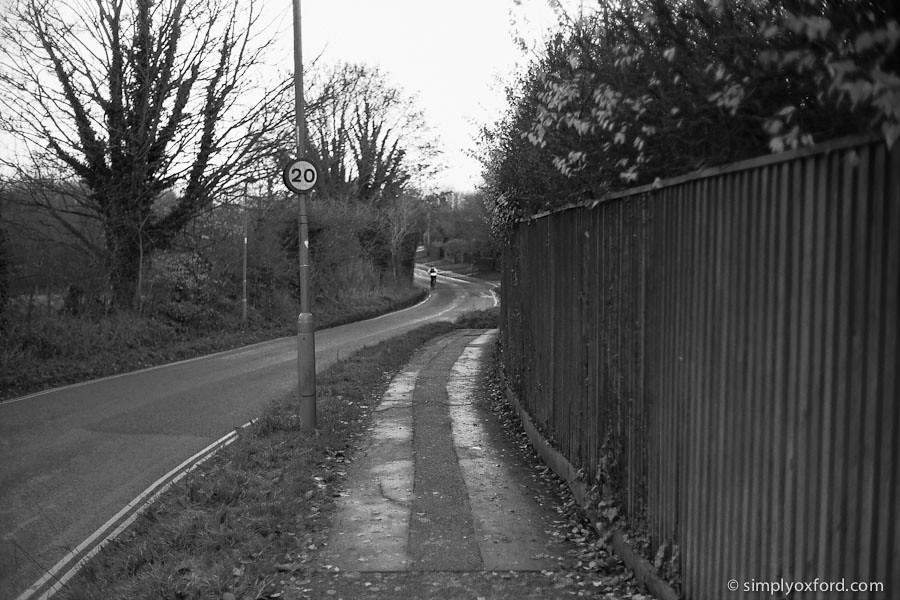
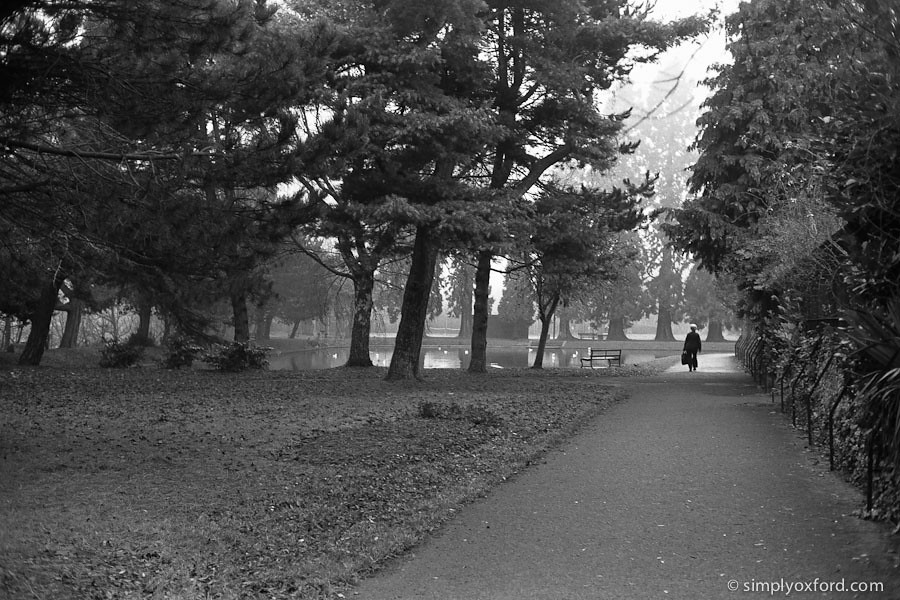
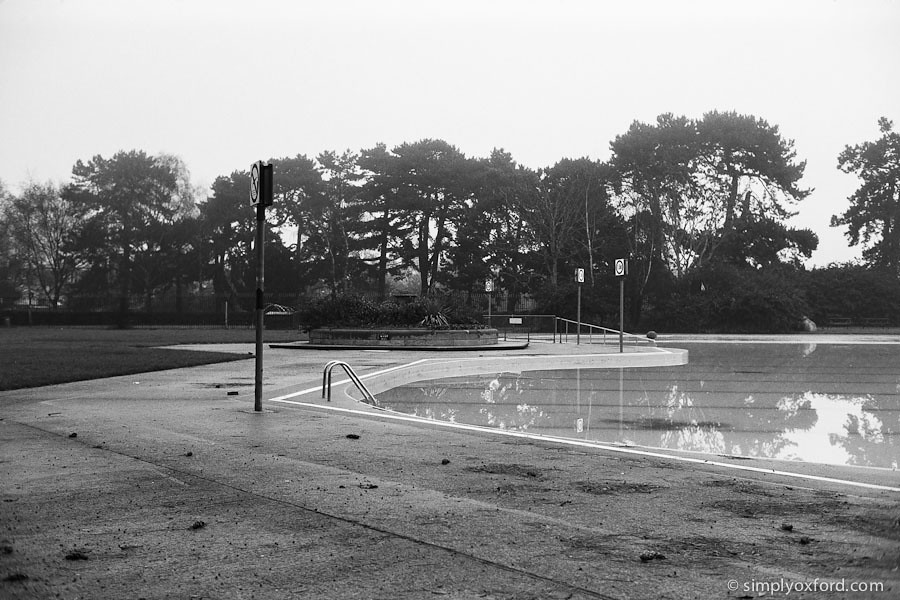
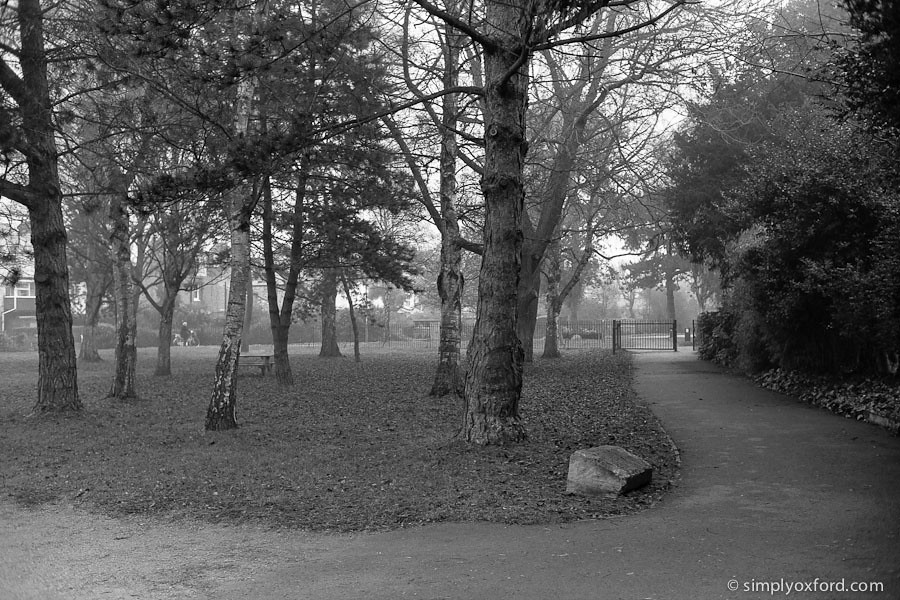
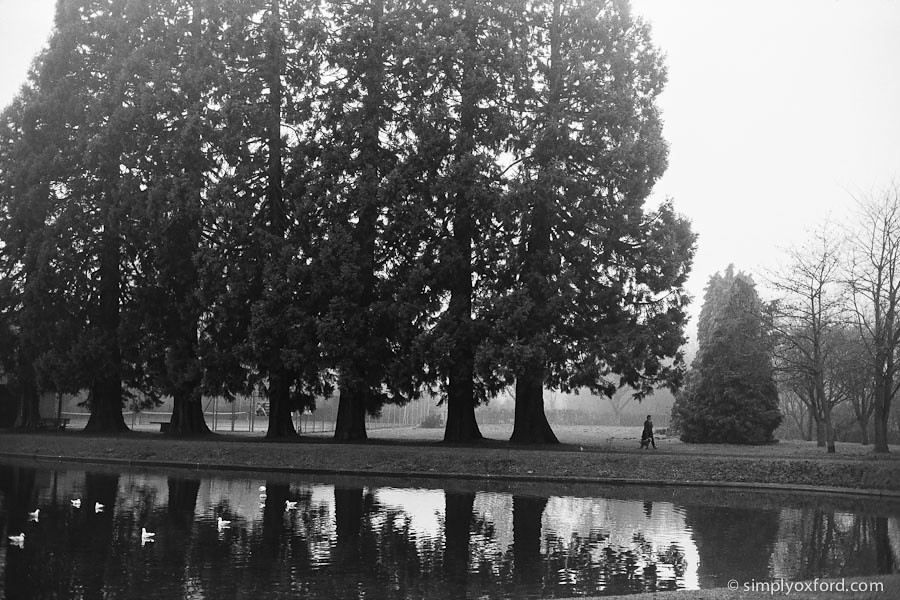
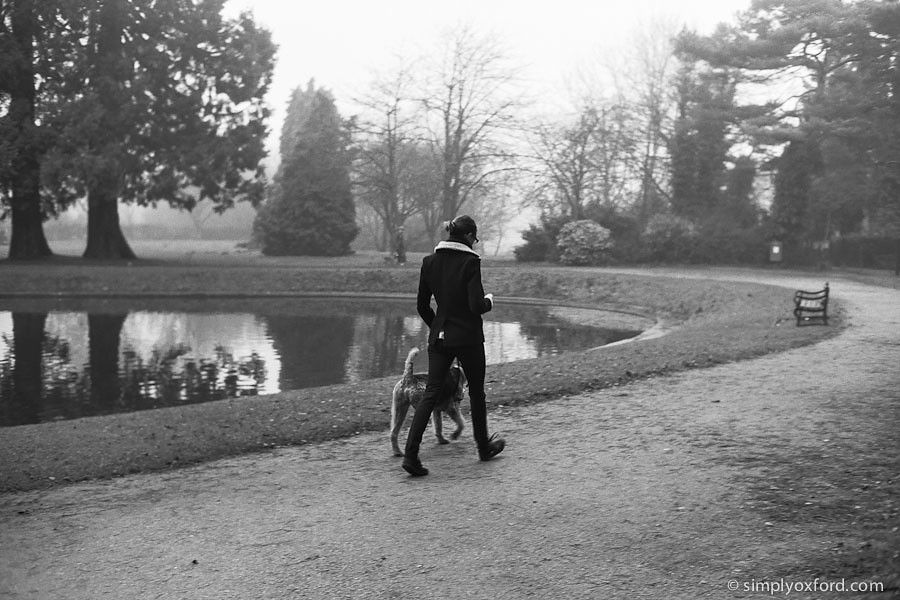
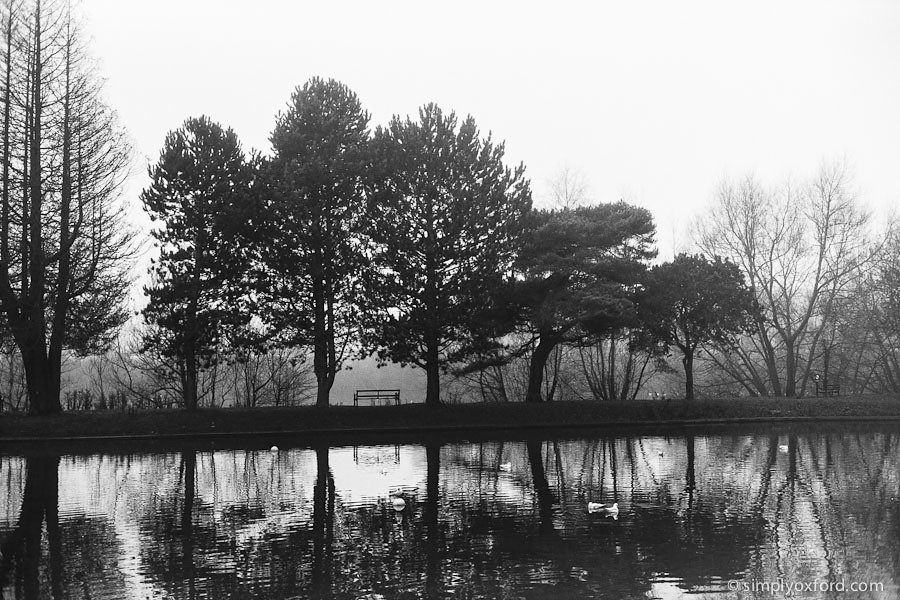
Posted in Equipment, film, Oxford | No Responses »
Tags: 40mm, black&white, film, hc110, leica, m2, oxford, pakon, tmax100, voigtlander
Sunday, December 4th, 2016
Here are some test shots from the first roll of film through a Kodak Retina camera that I recently got as part of a job lot of darkroom equipment. I don’t know anything about this camera but as it’s completely mechanical it was very easy to figure out the controls. The rangefinder is coupled and the leaf shutter is very quiet. I enjoyed using it and hope to put a roll of colour film through it soon.
[Tech info:] Kodak Retina, Kodak TMAX 100 (expired), developed in HC110 1+31 for 6mins. Pakon scans.
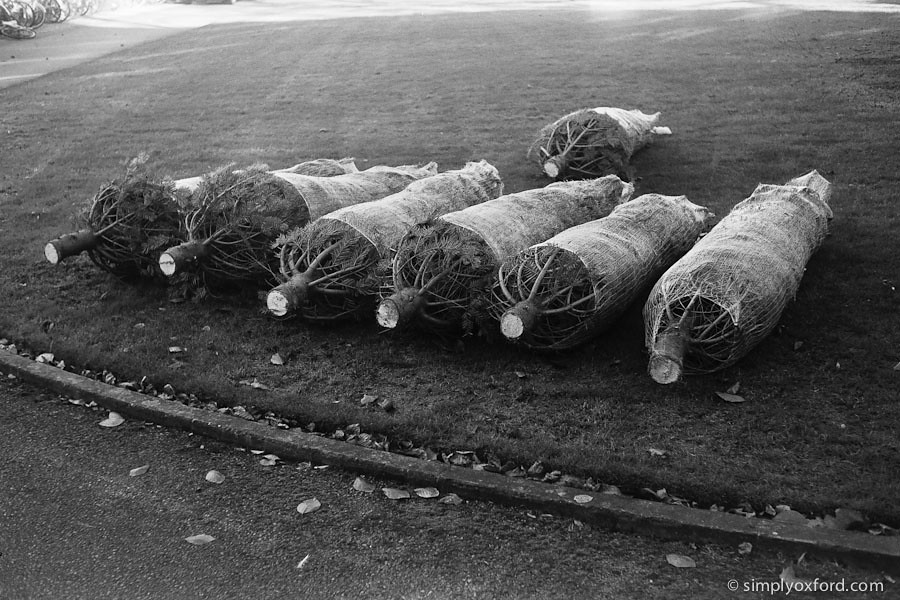
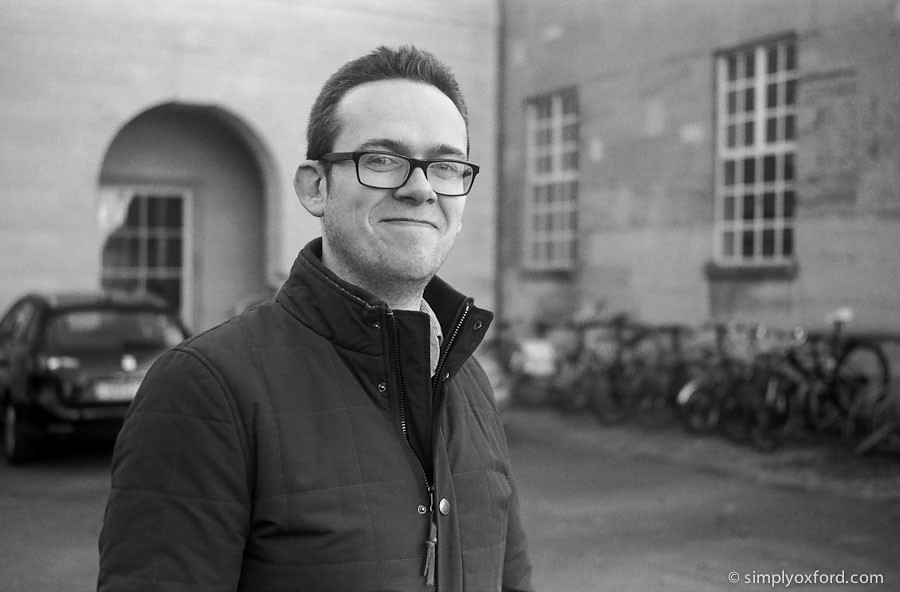
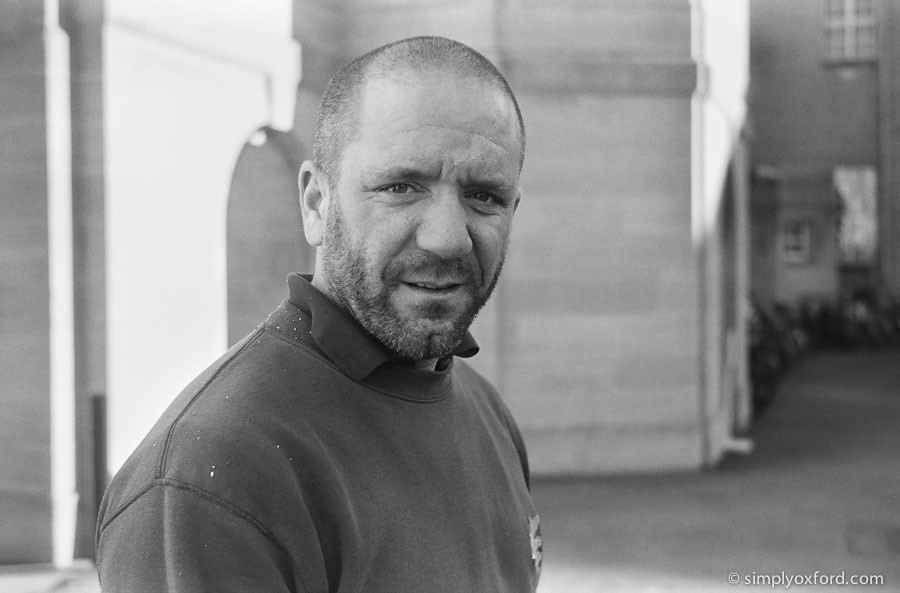
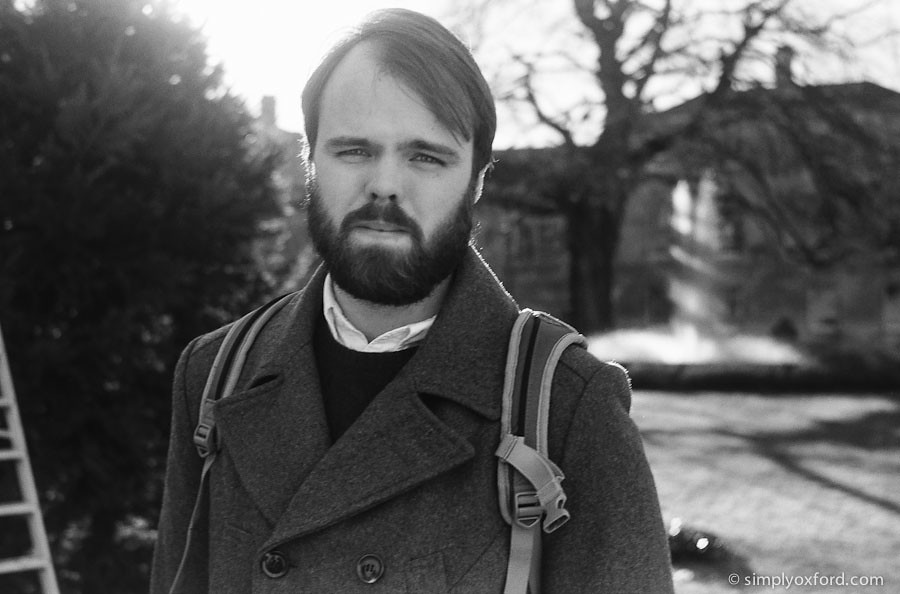
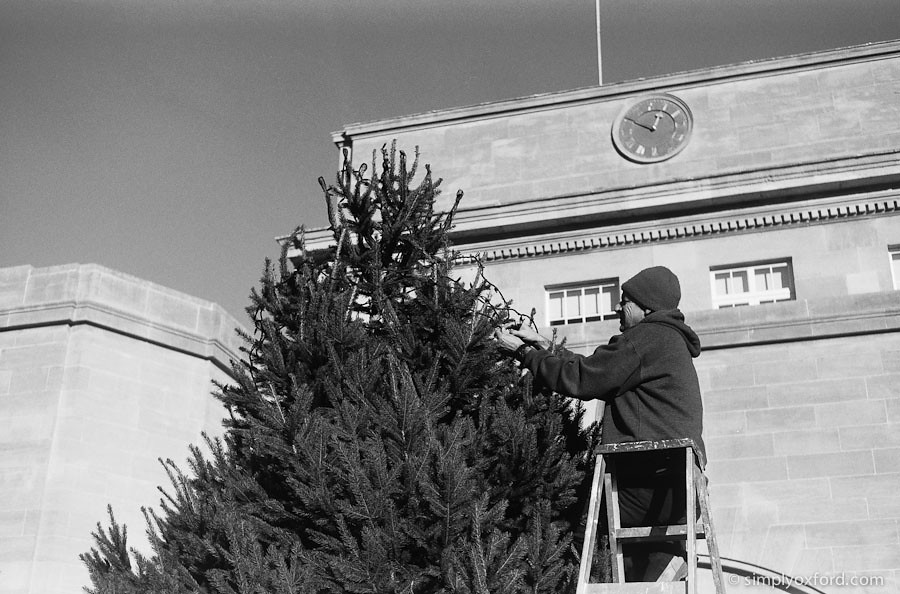
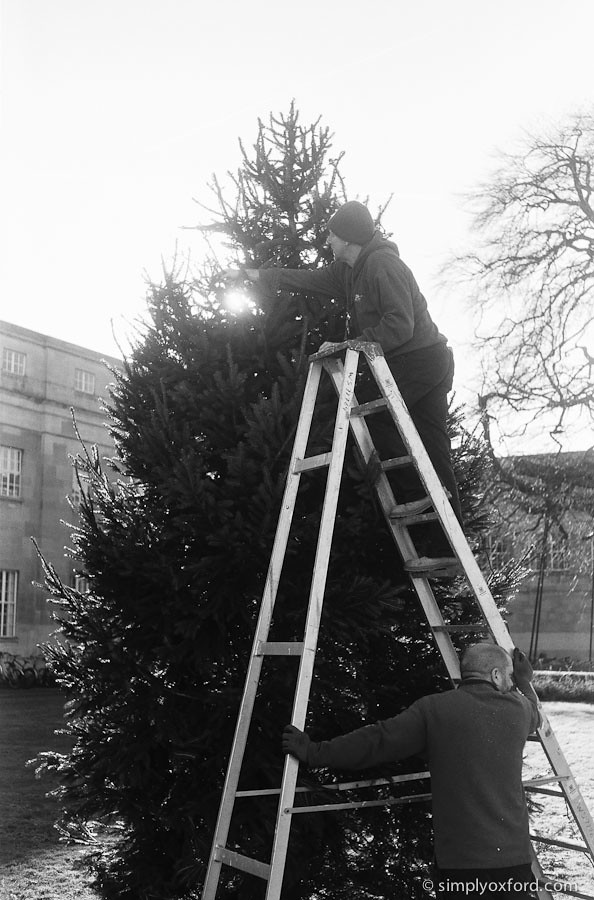
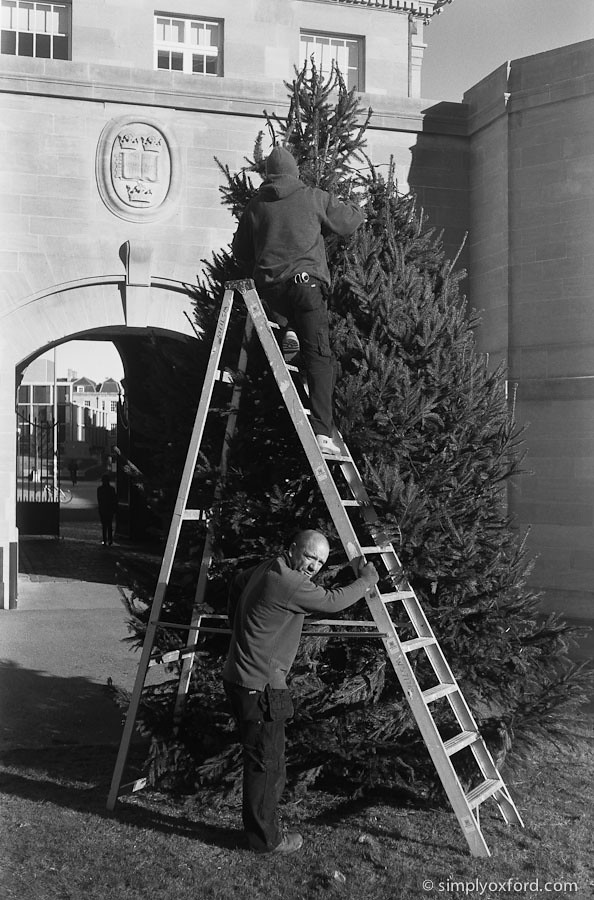
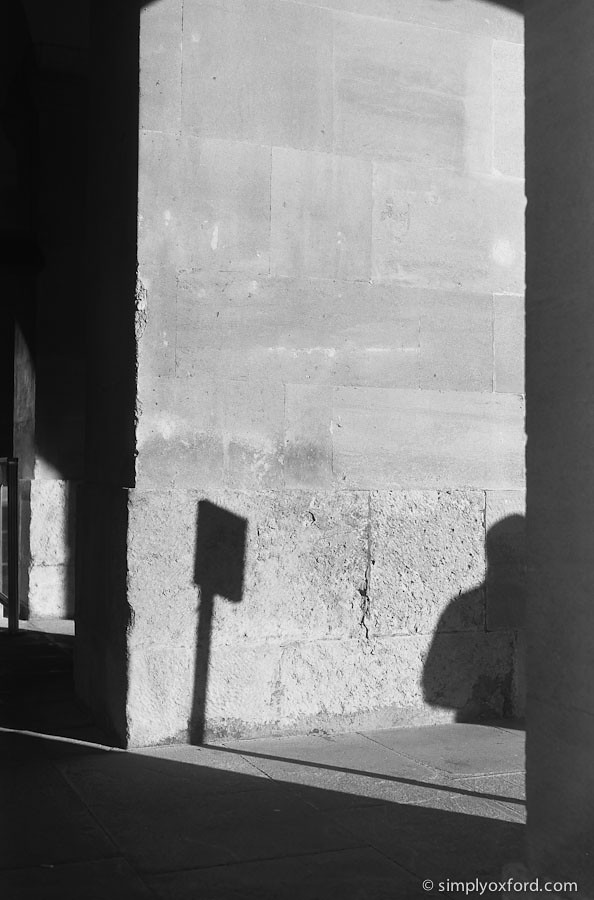
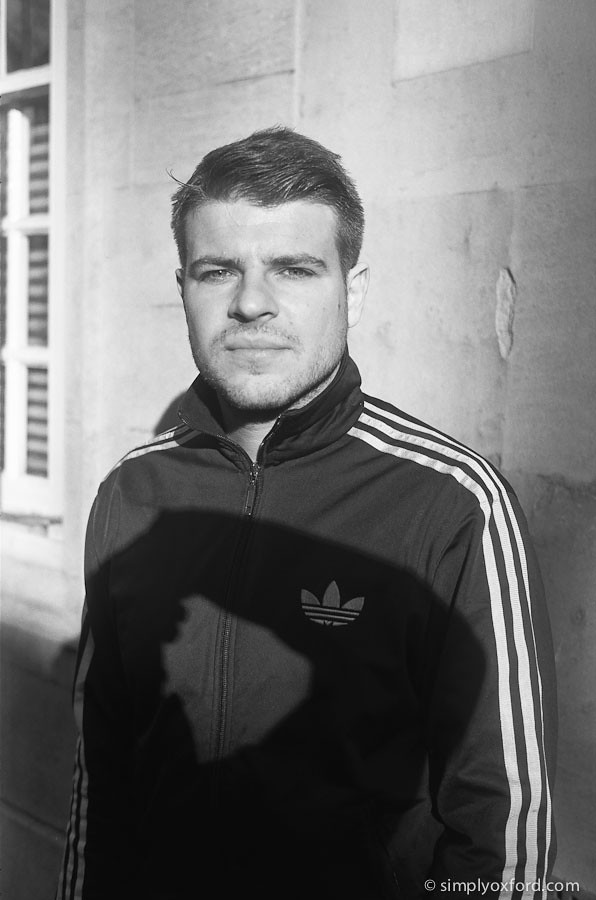
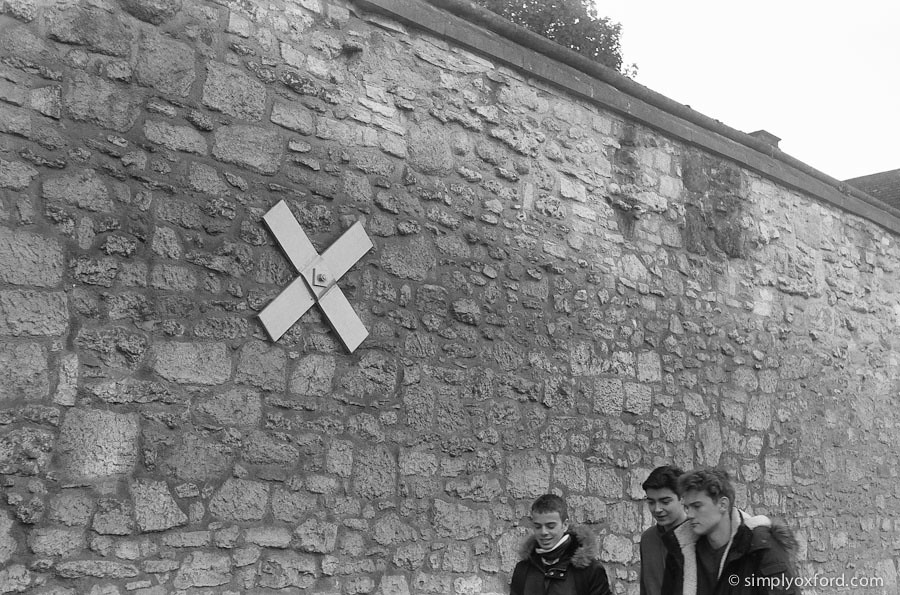
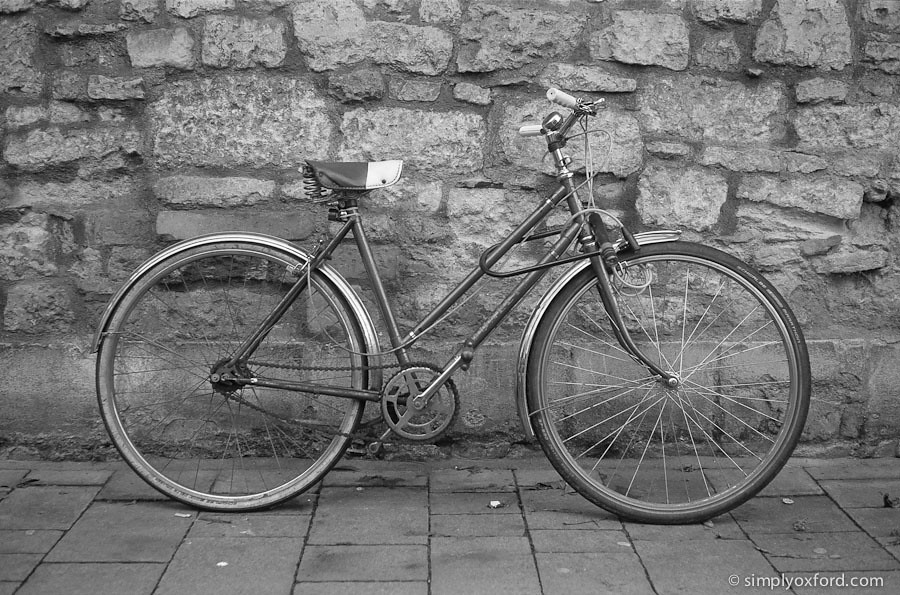
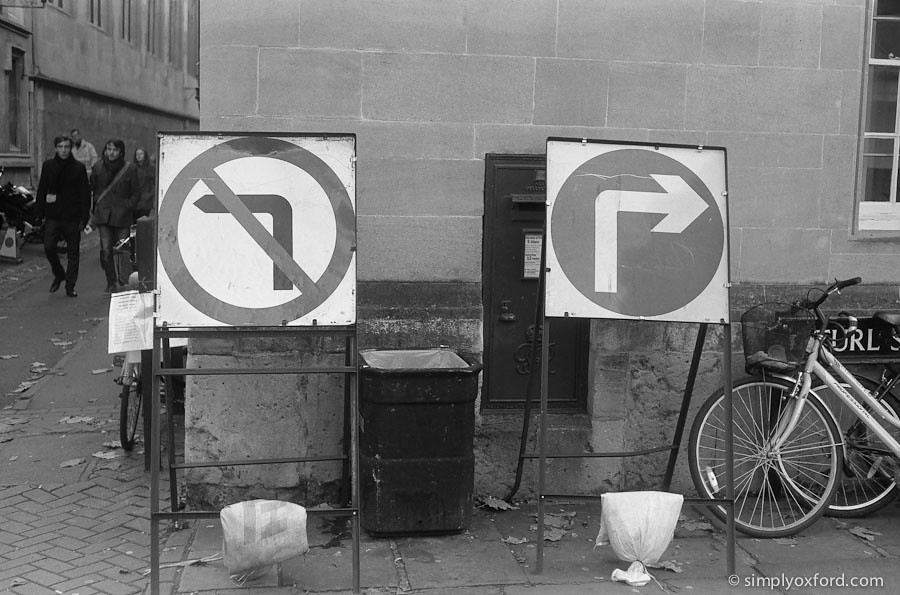
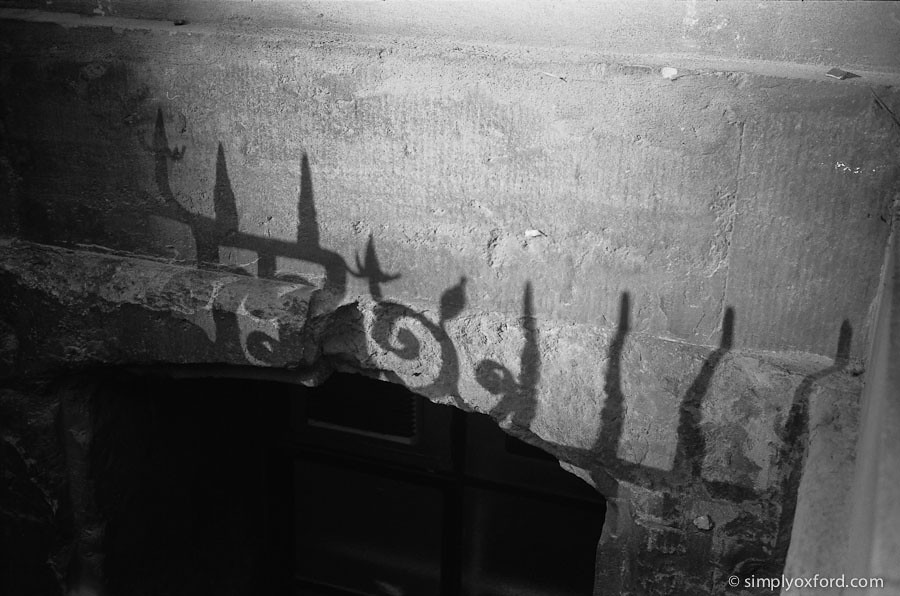
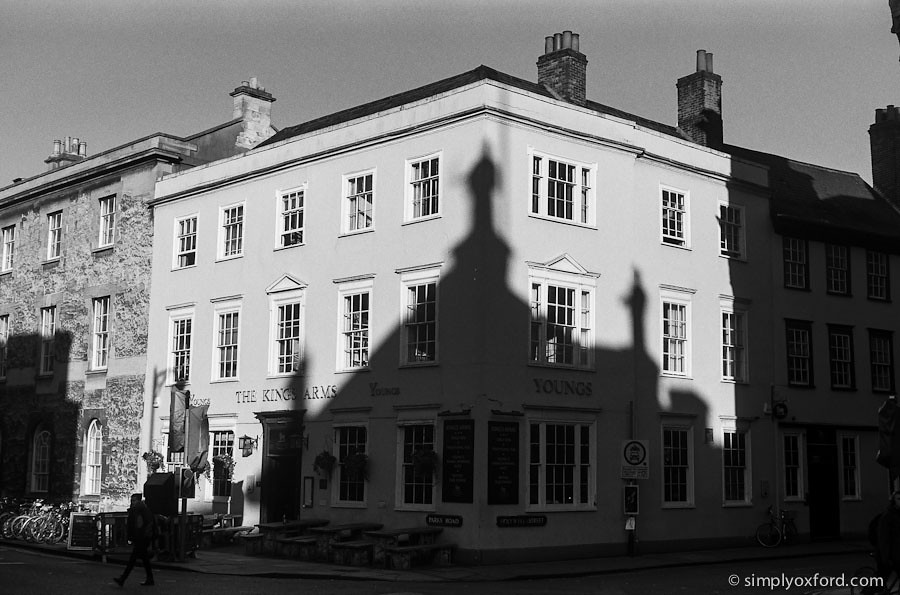
Posted in Equipment, film, Oxford | 2 Responses »
Tags: 35mm, black&white, film, hc110, kodak, oxford, pakon, retina, tmax100
Wednesday, June 22nd, 2016
These shots are from an Olympus OM1 I wanted to test four months ago. I was also testing some expired Ilford Pan F film that I was given inside a bulk film loader but I had no idea how long ago it had expired. Somehow the roll got fogged but I can’t remember how – I need to start making notes.
[Tech info:] Olympus OM1, 50/1.8, Ilford Pan F (expired), developed in Kodak D76, Pakon scans.
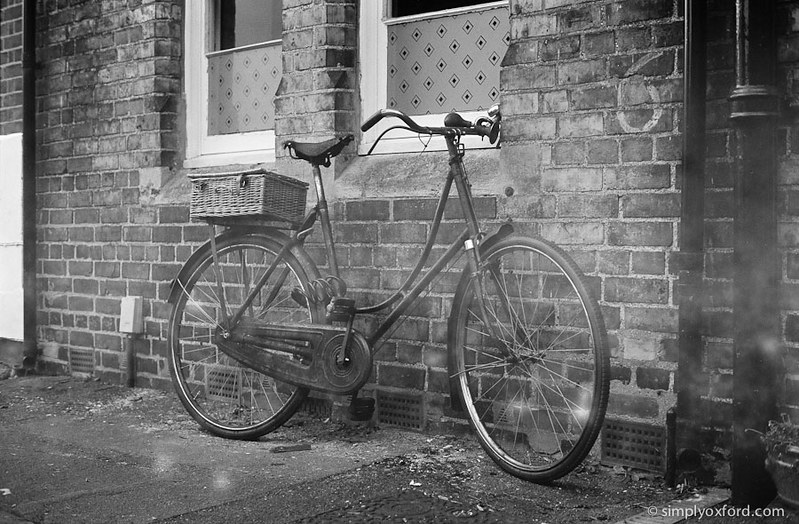
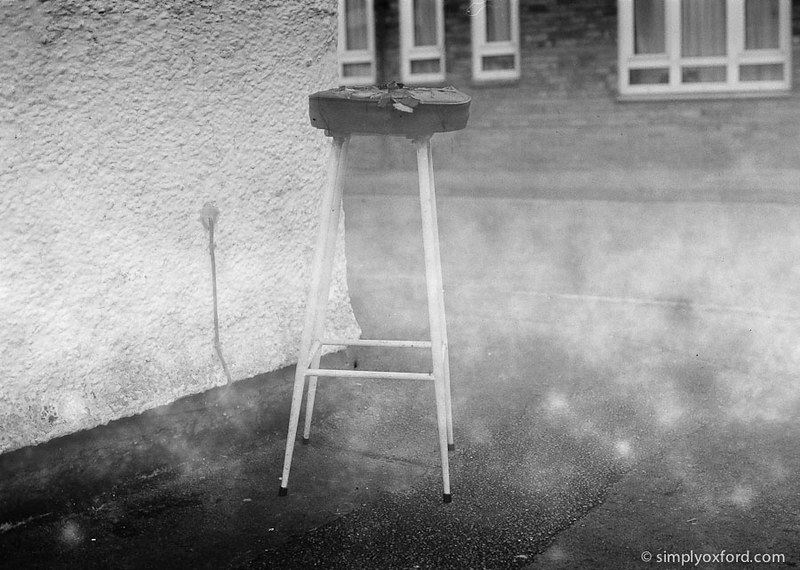
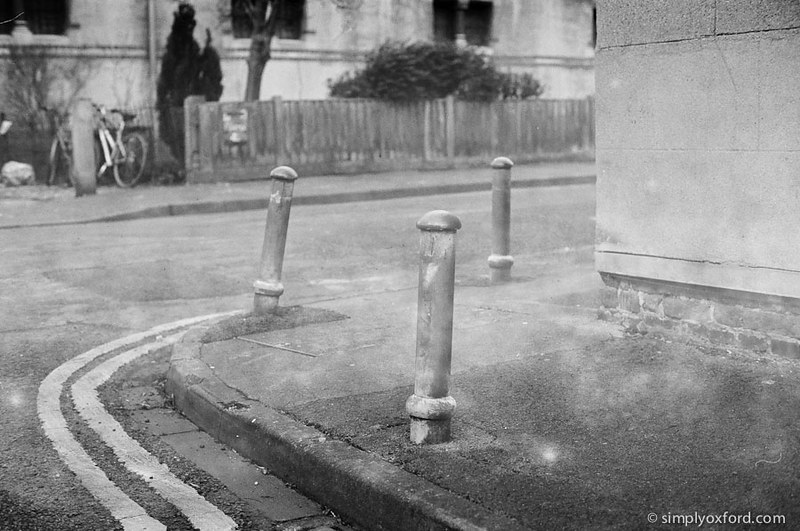
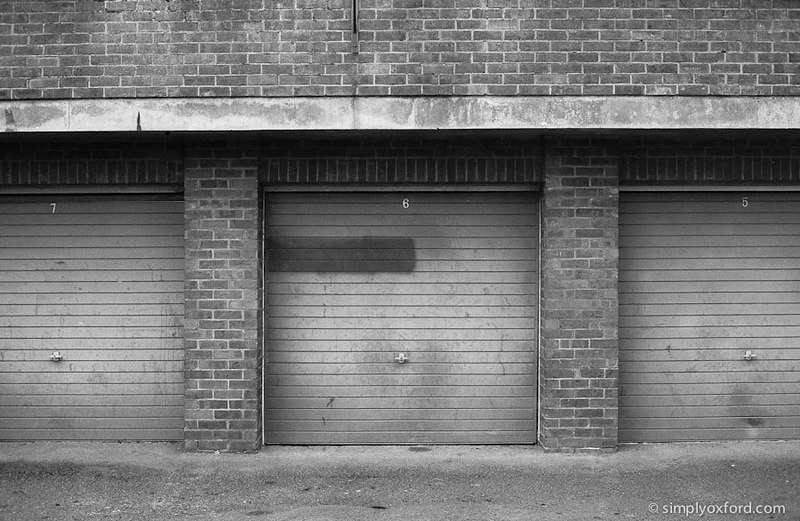
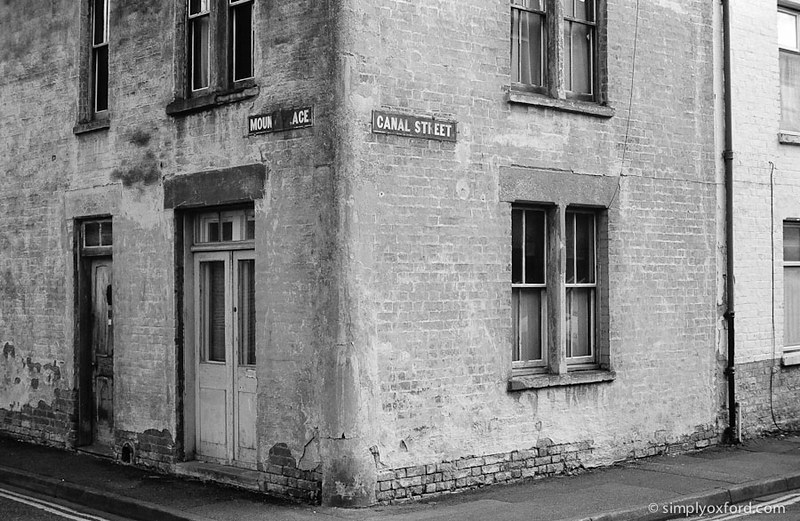
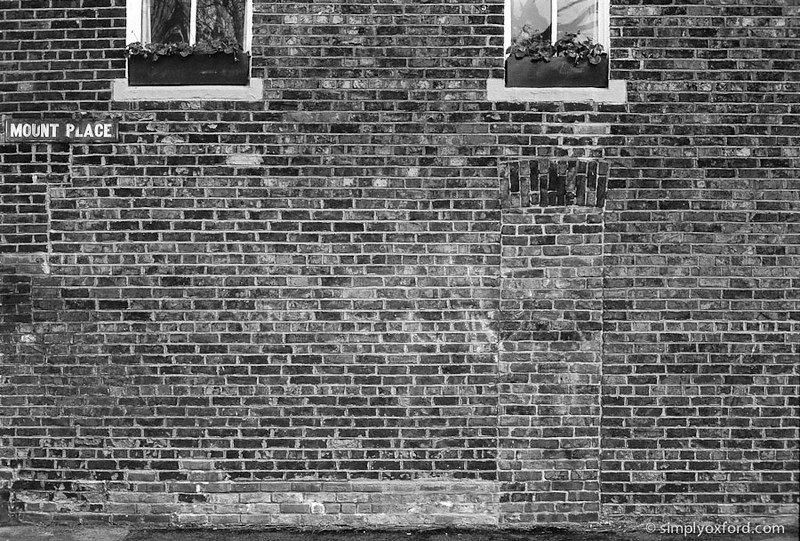
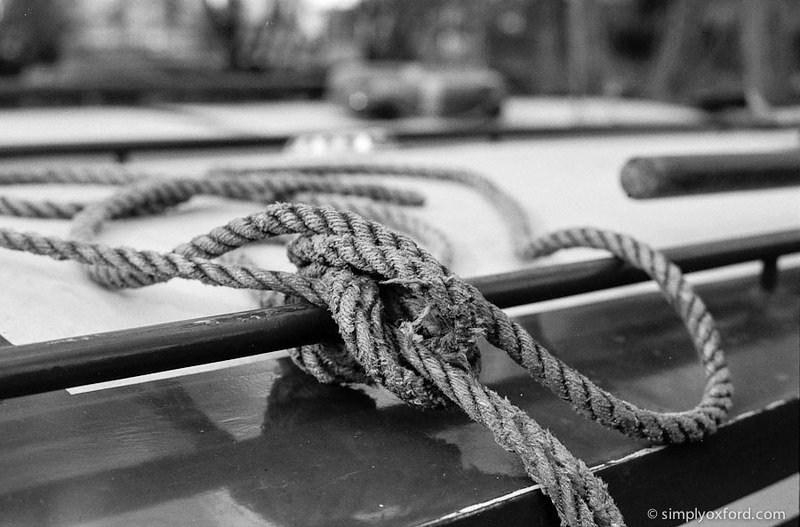
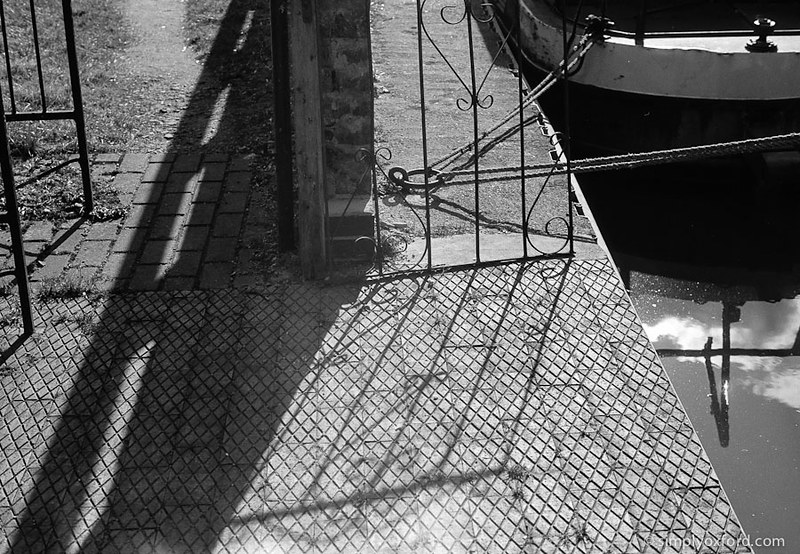
Posted in Equipment, film, Oxford | 1 Response »
Tags: black&white, d76, film, ilford, olympus, OM1, oxford, pakon, pan f
Monday, February 22nd, 2016
A generous friend of mine (thanks Clive) gave me an Olympus OM1 that he had been given over 10 years ago but never got around to using it. I was very pleased to accept it as I’ve been curious about the Olympus OM1 for a long time. I keep hearing so many positive things about it but I don’t have any experience of Olympus SLR cameras having been a lifelong Nikon user. It turned out that the light meter doesn’t work in this OM1 but fortunately it’s a manual mechanical camera and still works fine without the light meter or batteries. These shots are from the first test roll I put through it during my lunch break.
[Tech info:] Olympus OM1, Zuiko 50/1.8 lens, Kodak TMAX 1oo developed in Kodak HC110 1+31. Pakon scans.


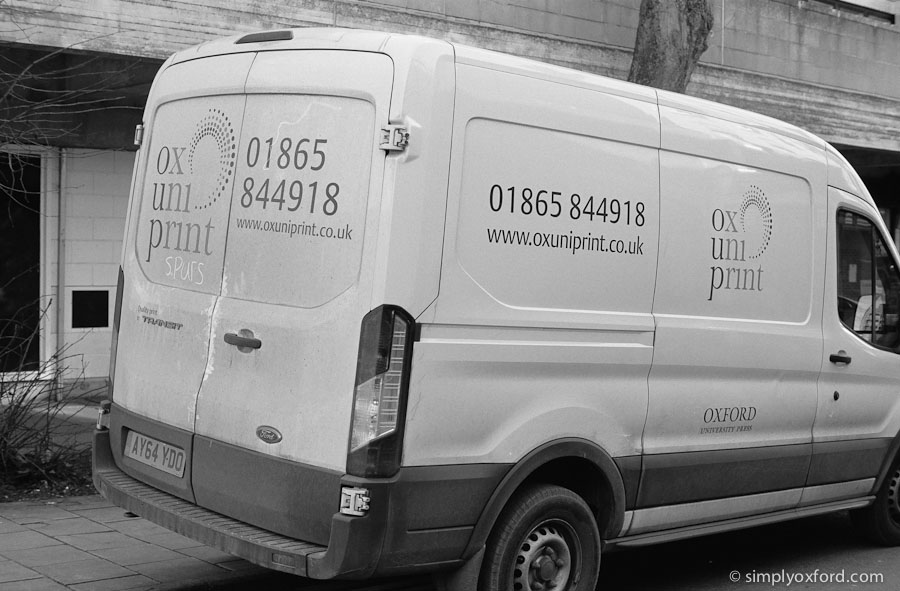

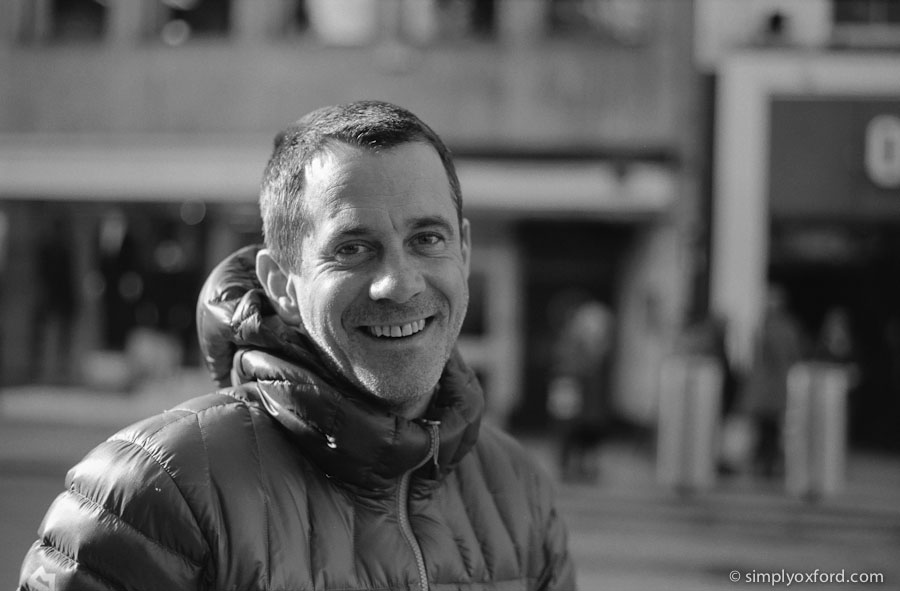
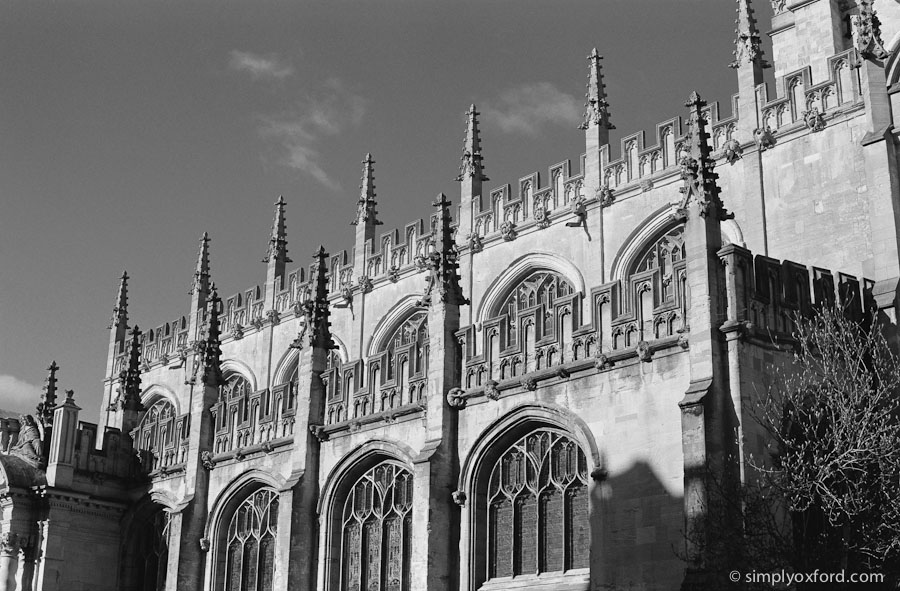
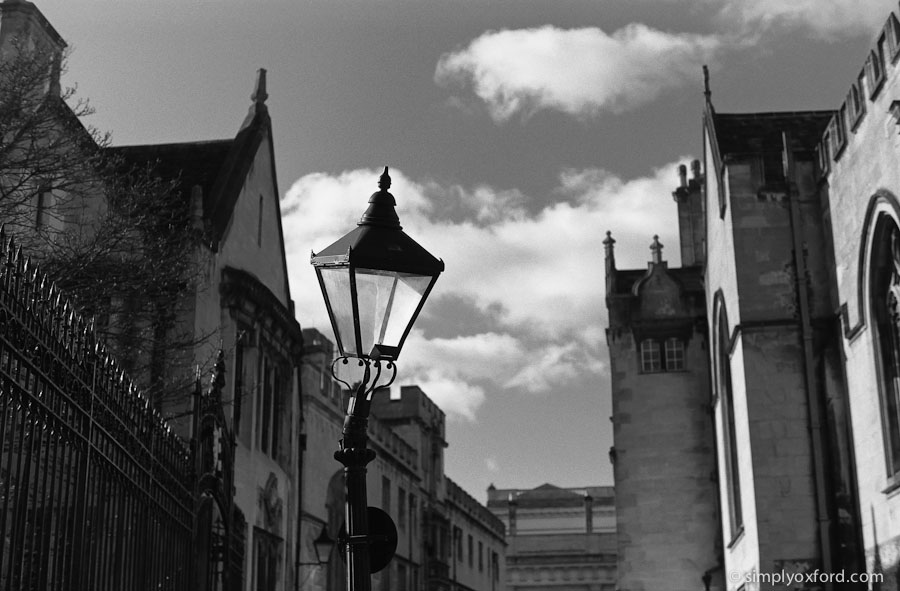
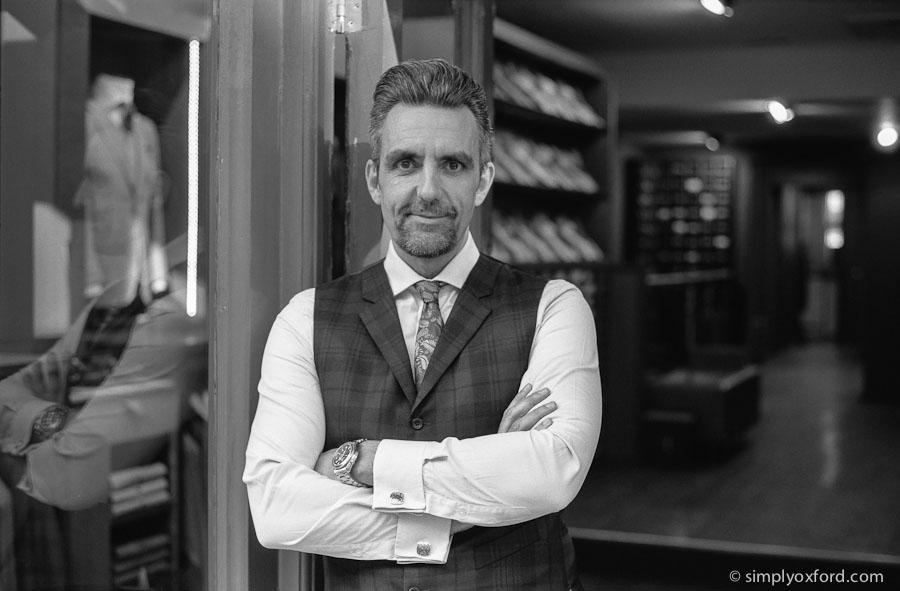
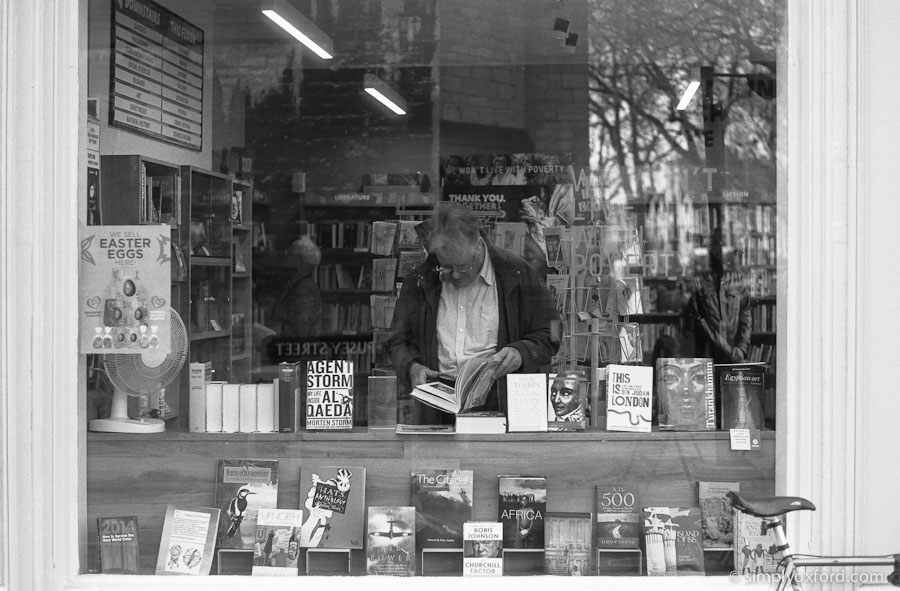
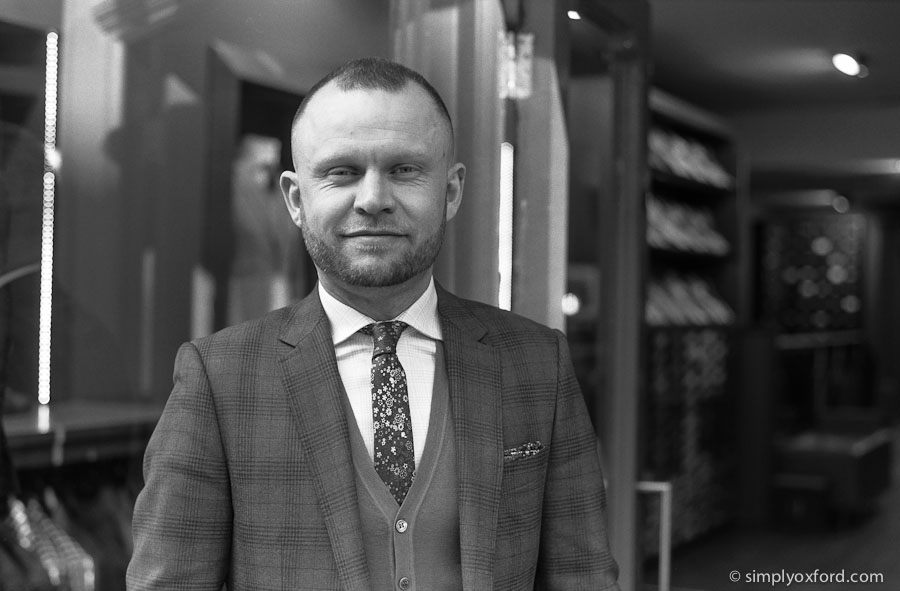
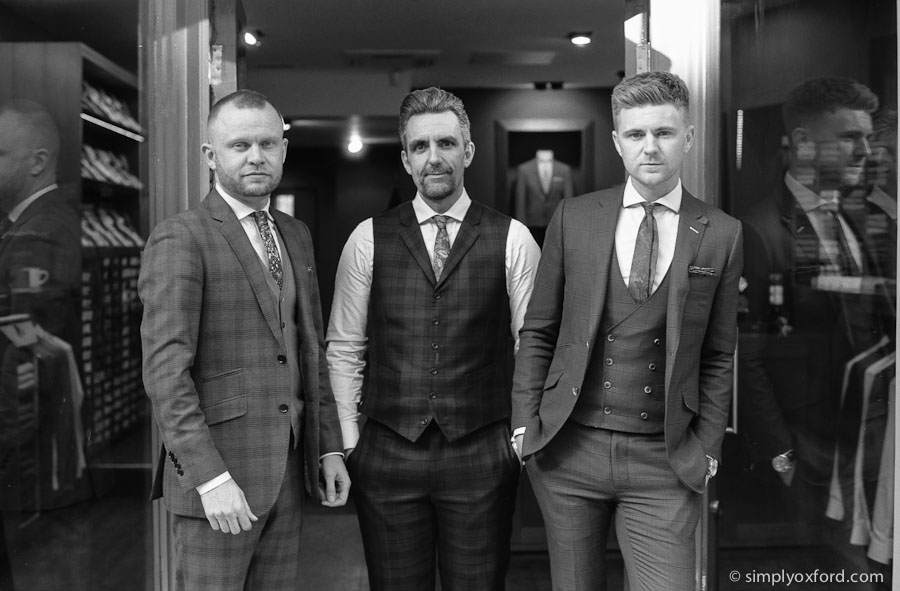

Posted in Architecture, Equipment, film, Oxford, People, Portrait | No Responses »
Tags: black&white, film, hc110, olympus, OM1, pakon, tmax100
Saturday, February 13th, 2016
Here are some images from the first test roll through a medium format camera that I picked up recently. The Pentacon Six TL has been on my radar for the last couple of years because of one particular lens, the Carl Zeiss Jena 180/2.8. As luck would have it I came across a nice condition setup for sale last weekend for a reasonable price so I decided it was time to give it a go.
The first thing that struck me was the size of the front element of the 180/2.8 lens, it’s huge! My largest filters are 77mm but this lens requires 86mm filters. The camera is very nice to use, especially with a prism instead of a waist level finder which makes it easier to balance the big lens. The only camera I have that is similar in size and design is a Pentax 6×7 but two immediate differences struck me about the Pentacon Six TL – it’s a 6×6 format camera so you use it in landscape orientation the whole time, also the mirror in it is a lot quieter than the Pentax 6×7 and doesn’t cause as much camera shake. One thing I didn’t realise about the prism is that the viewfinder is not 100%. I’ve got a lot more image in the frame on the film than I remember seeing through the lens. I’m not sure if this is down to the prism or whether you get the same with the waist level finder (which I don’t have).
So far I’ve enjoyed using this camera and lens combo and look forward to seeing more results from it.
[Tech info:] Pentacon Six TL, Carl Zeiss Jena 180/2.8, Kodak Tri-X (expired 2002) developed in Kodak HC110 1+47 for 8 mins.


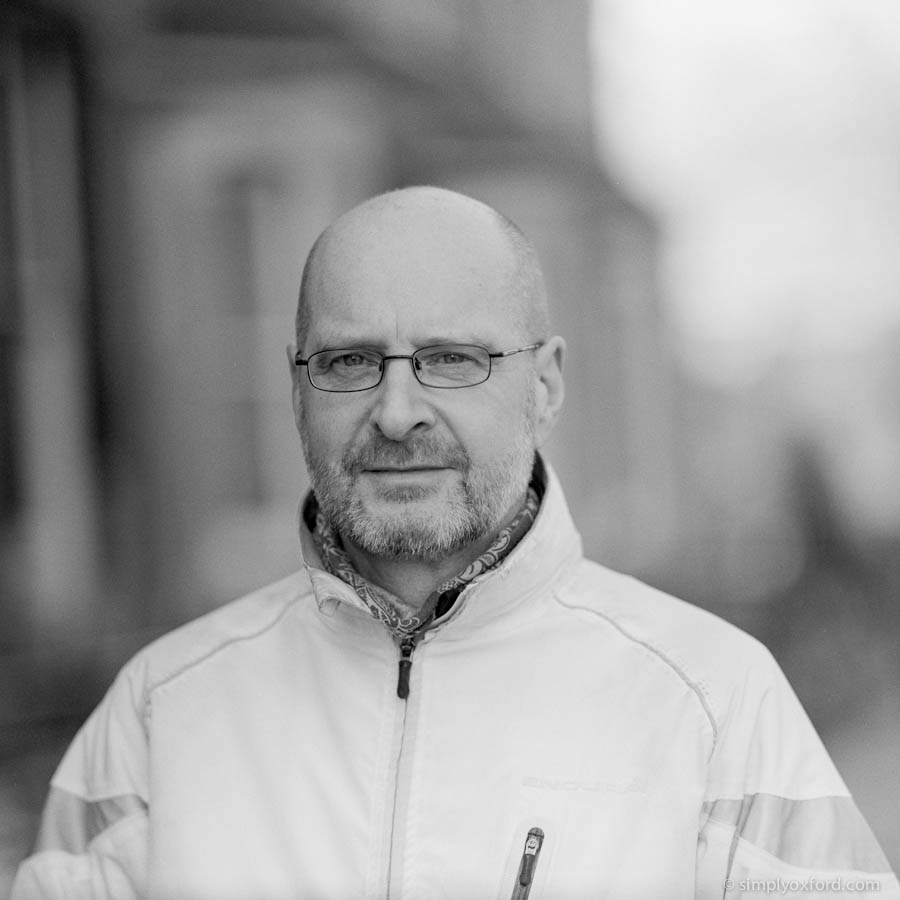
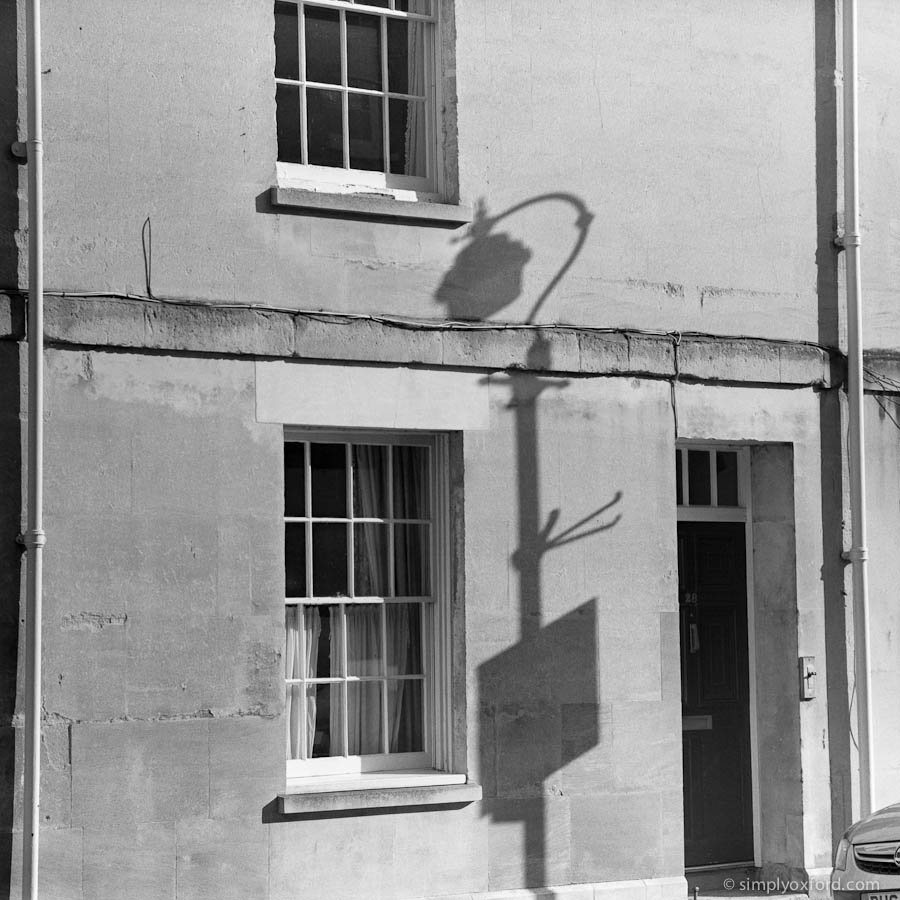
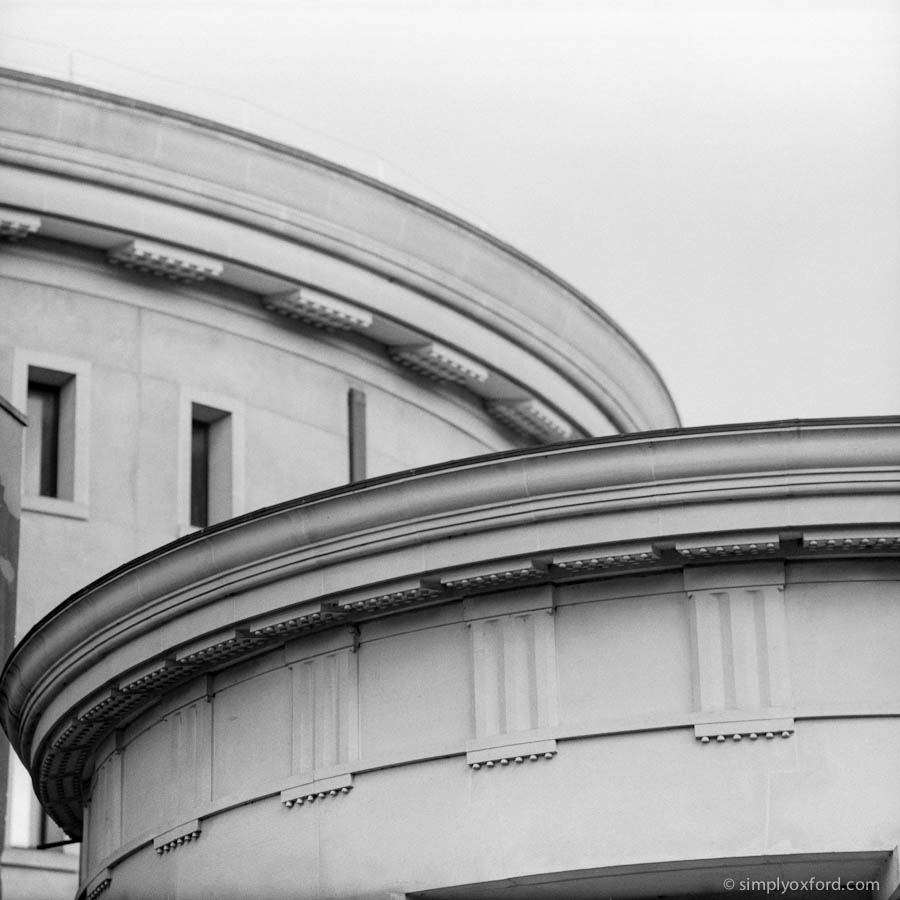
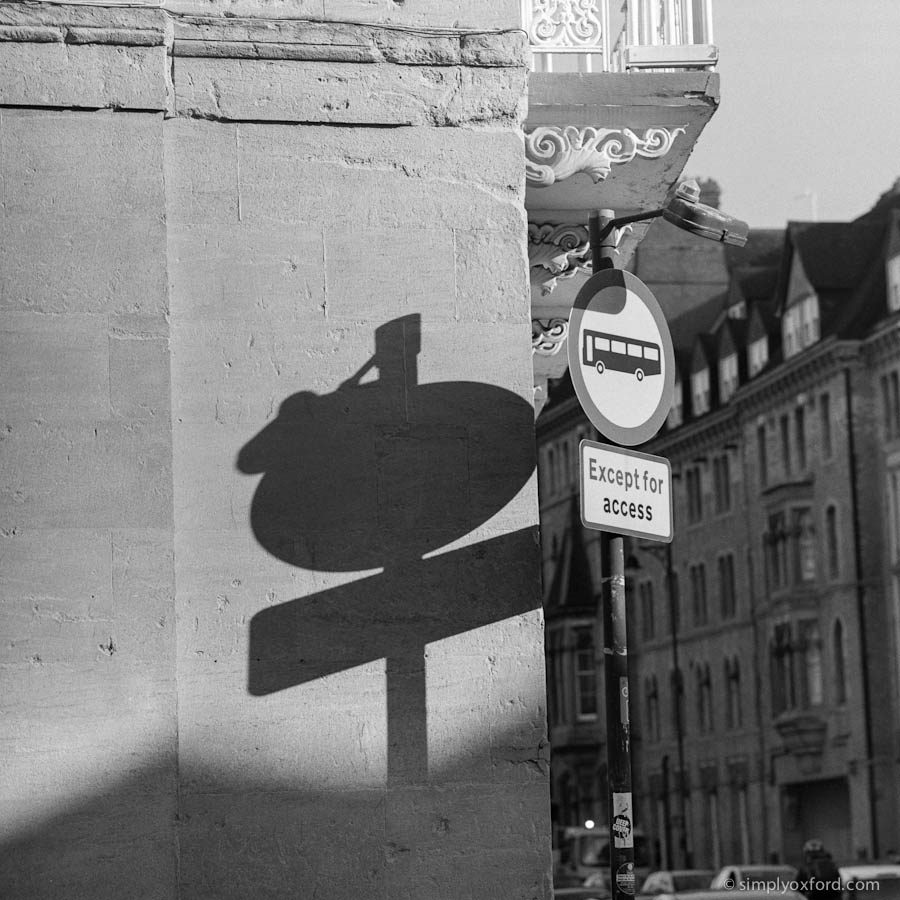
Posted in Equipment, film, Oxford, People, Portrait | 6 Responses »
Tags: 180mm, 6x6, black&white, film, hc110, oxford, pentacon six, people, portraits, Tri-X
Wednesday, October 7th, 2015
These shots were made during my lunch break yesterday, all from the same roll of film that I used to test a Contax G1 camera I recently bought. The weather has been very wet the past two days but fortunately there was a break in the rain just long enough for me to shoot this roll. In a few of the shots I was also testing an external flash (TLA 200) that I got with the camera body. It’s very simple to use as it only has two modes, manual and TTL. I left it on TTL. The light from it seems nice and balanced and it’s small enough to keep in the camera case without noticing it. One thing I did notice is the AF doesn’t seem to lock on very well if you try to focus on something that is low contrast or backlit. Some of the shots on the roll were slightly out of focus. So far I’ve been enjoying using the G1 as a point and shoot camera.
[Tech info:] Contax G1, 45/2 Carl Zeiss lens, Ilford FP4 film (expired) developed in Kodak HC110 1+31 for 9mins. Pakon scans.
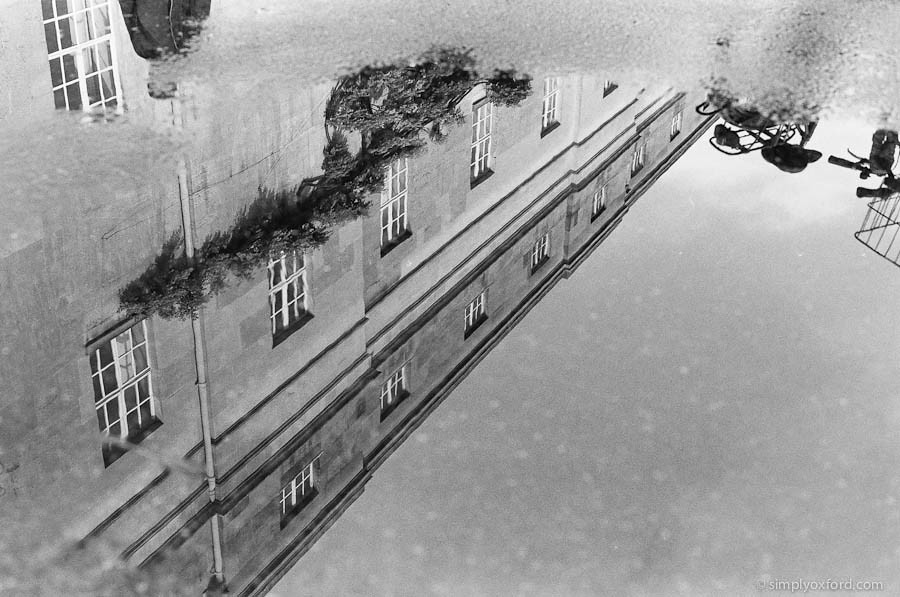
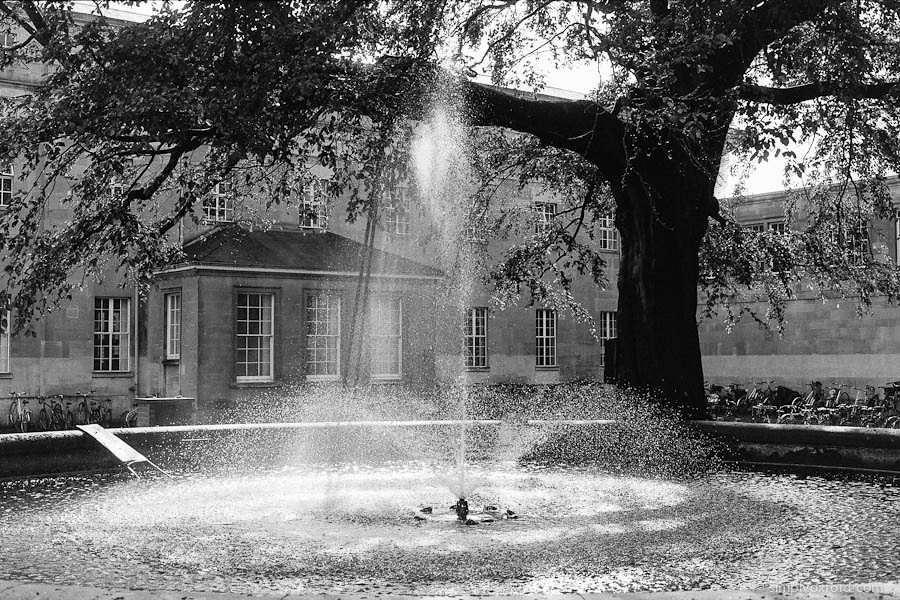
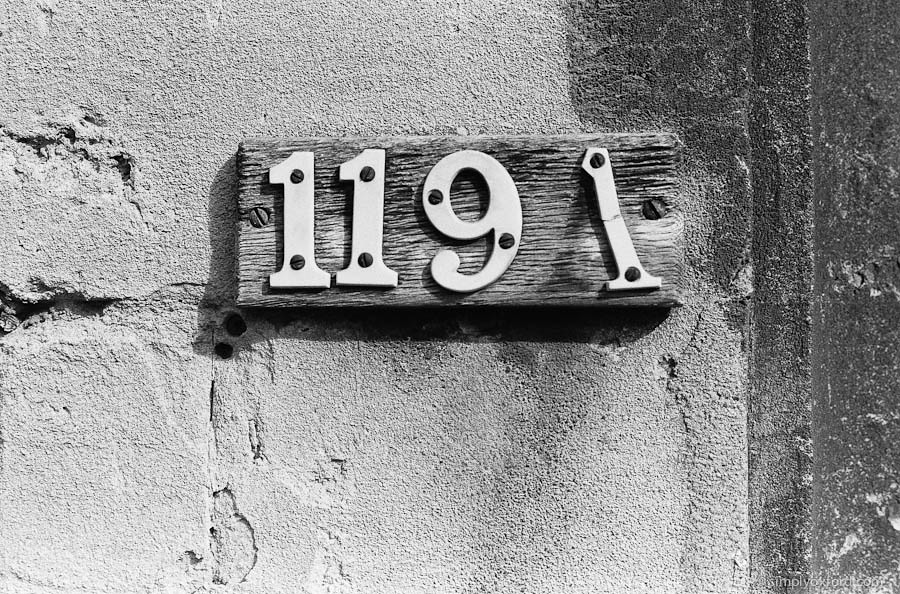
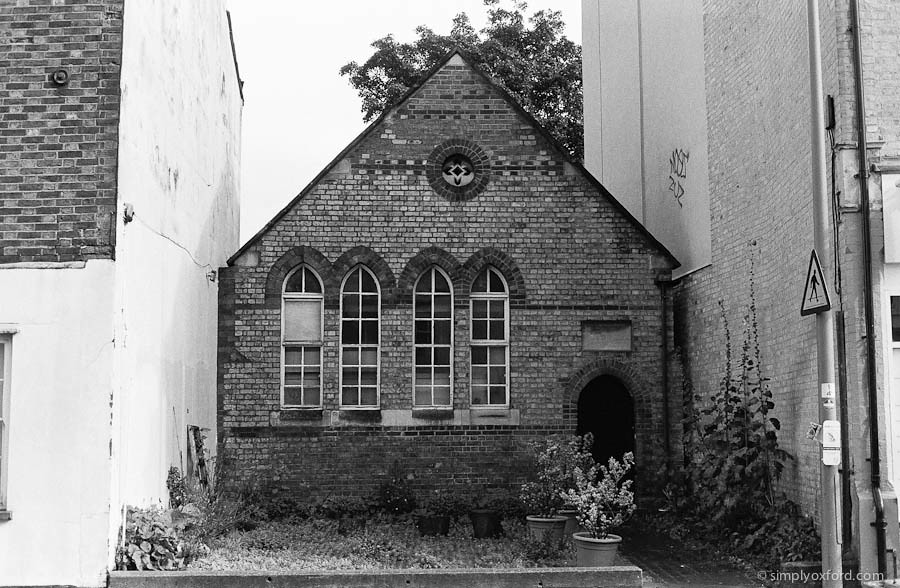
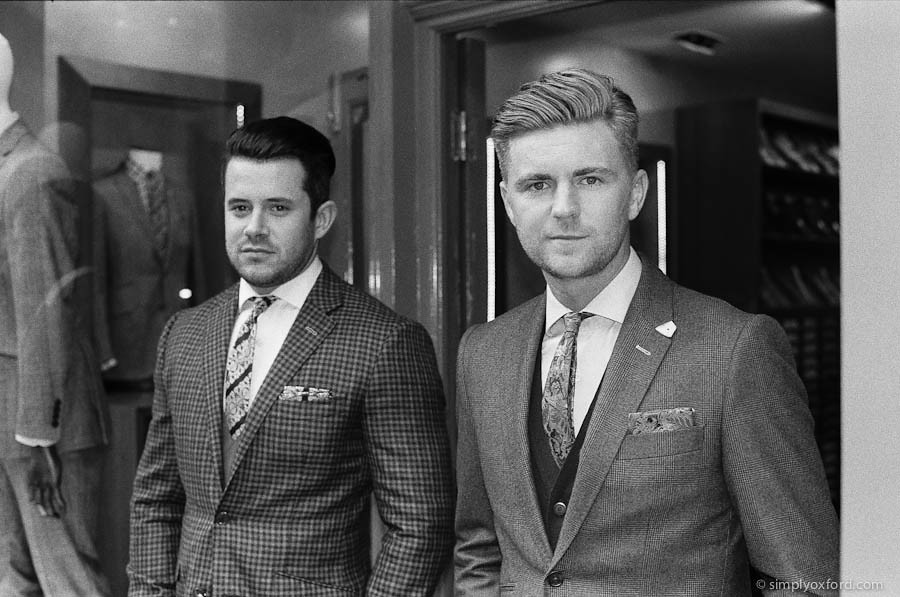
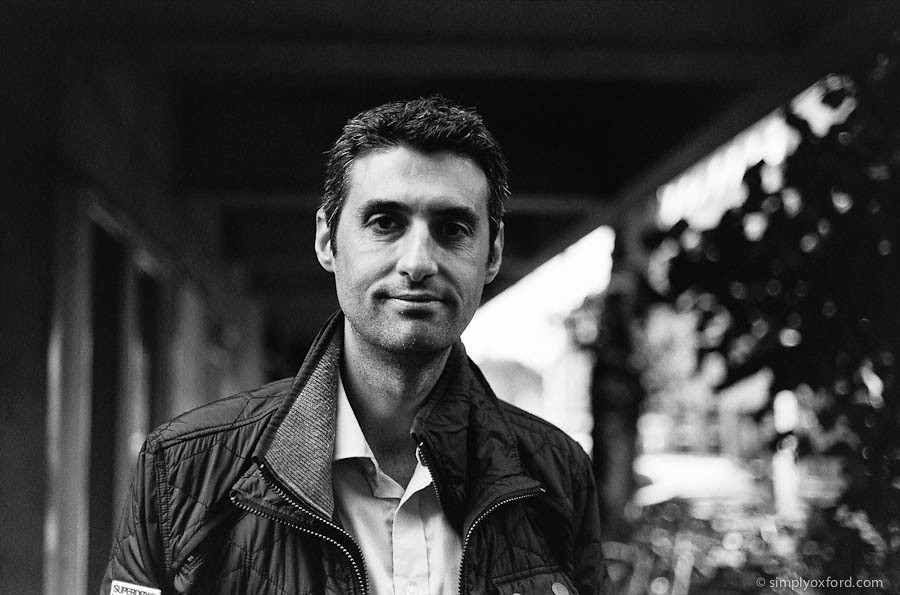
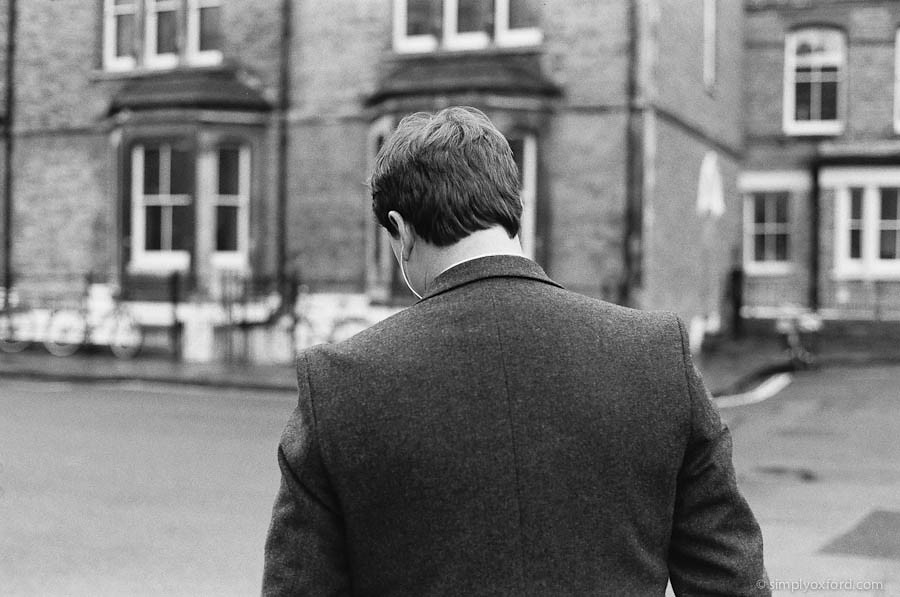


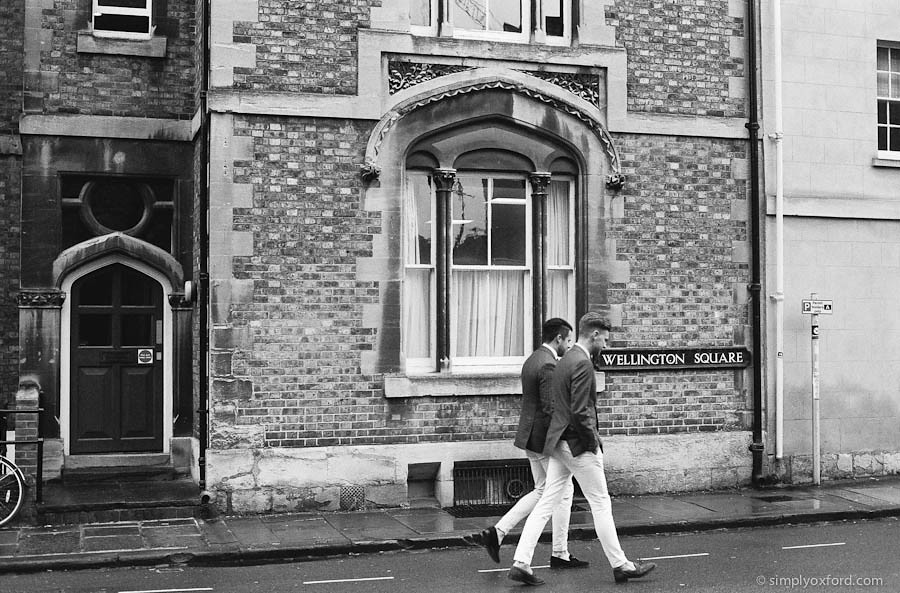
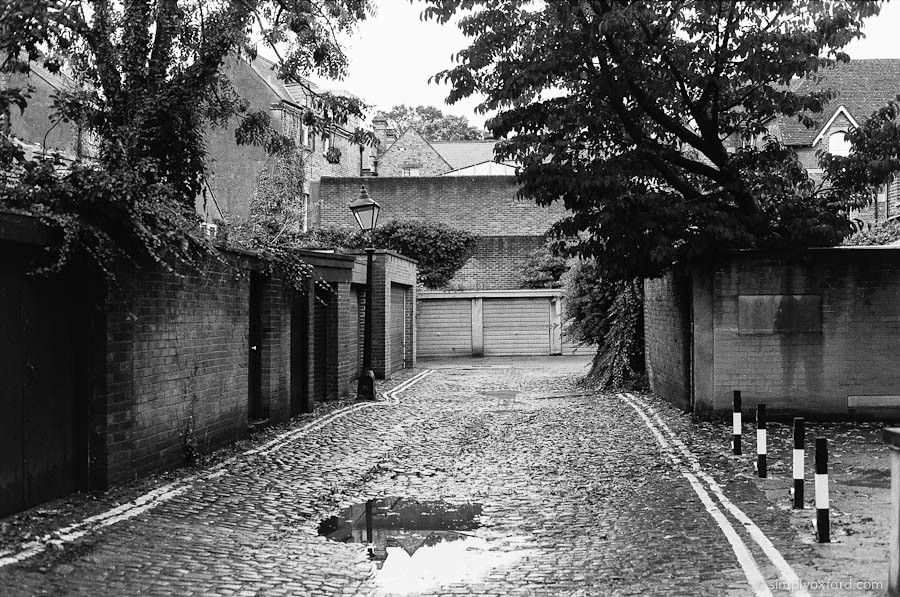
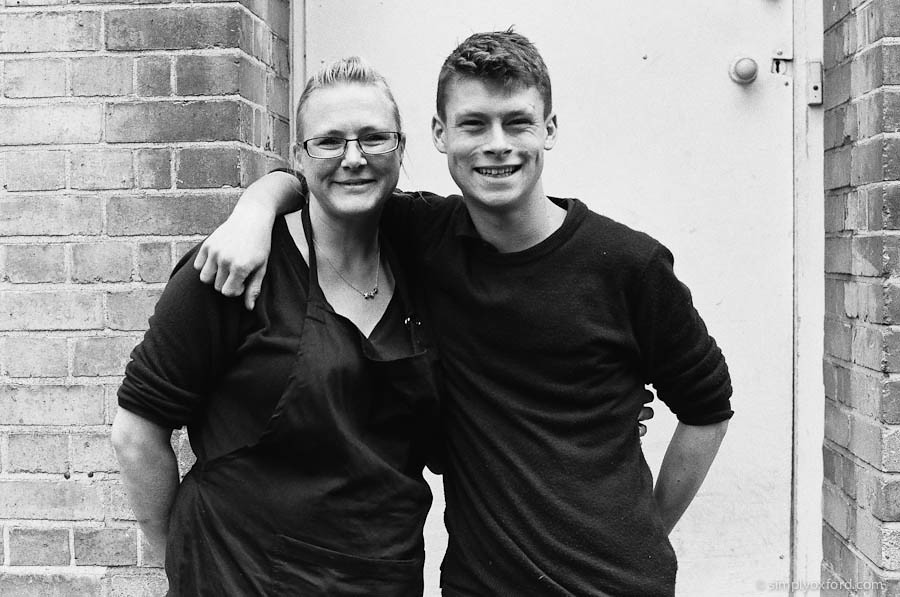
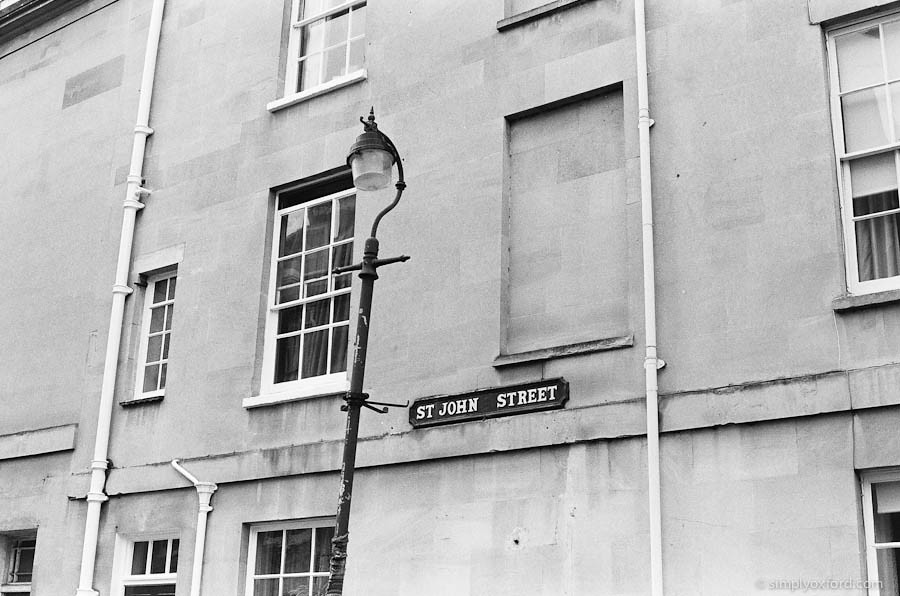

Posted in Equipment, Oxford, People, Portrait, Street portraits | No Responses »
Tags: 45mm, black&white, contax, film, fp4, g1, hc110, oxford, pakon, people, portraits
Tuesday, March 17th, 2015
This set of images were made with what I think is the oldest camera I currently own – a Voigtlander Bessa I 6×9 folder from 1936. It works incredibly well for its age but it is a little quirky (it has separate viewfinder windows for focussing and composing) and it’s not particularly fast to use in a hurry but I do enjoy the size of the frames on the film and it folds down to a very compact size which makes it perfect for carrying around. I’ve only put three rolls through it so far and I think I’ll try a roll with this camera mounted on a tripod to see how much sharper the images become.
[Tech info]: Voigtlander Bessa I 6×9 folder, 105mm Skopar lens, Fuji Acros 100 film, developed in Kodak HC110 1+31 for 5:30.

Posted in Equipment, Oxford, Portrait, Street portraits | 2 Responses »
Tags: 6x9, acros, bessa, black&white, film, hc110, oxford, people, portraits, voigtlander































































































